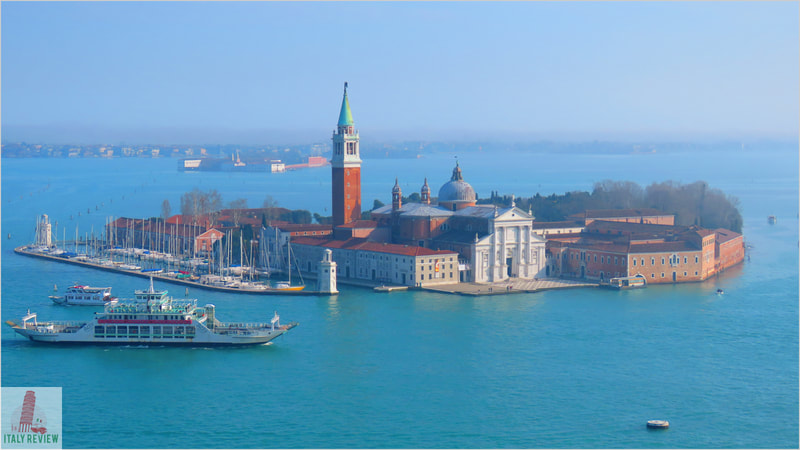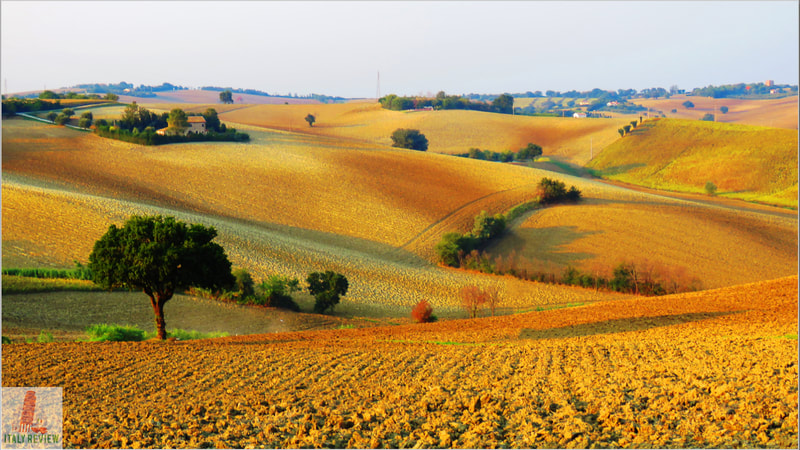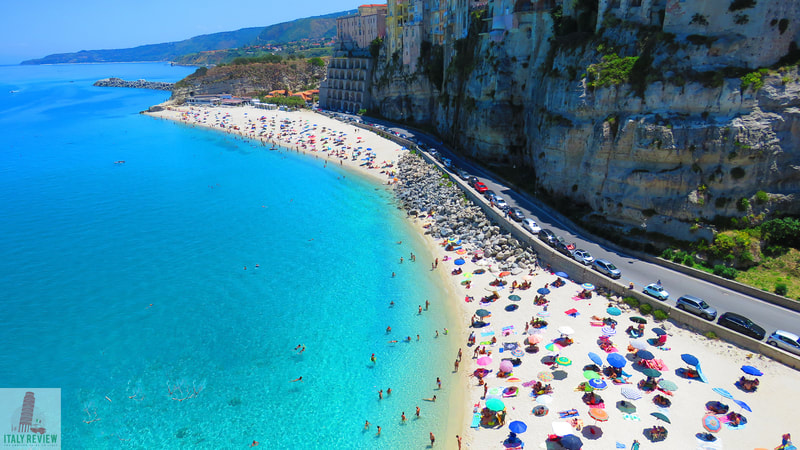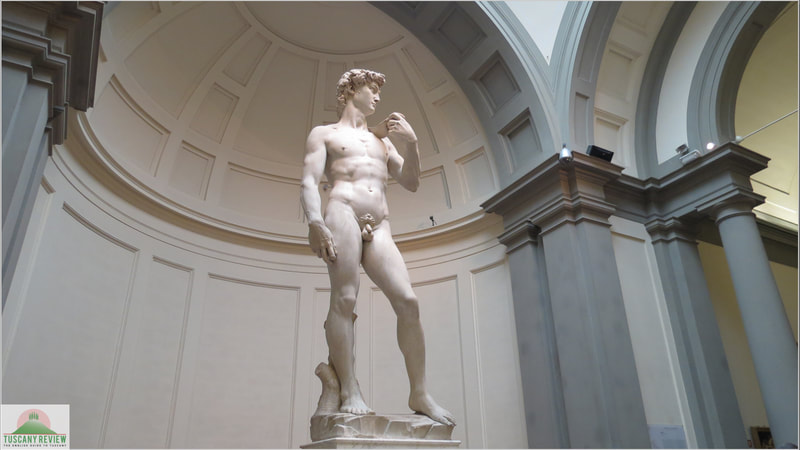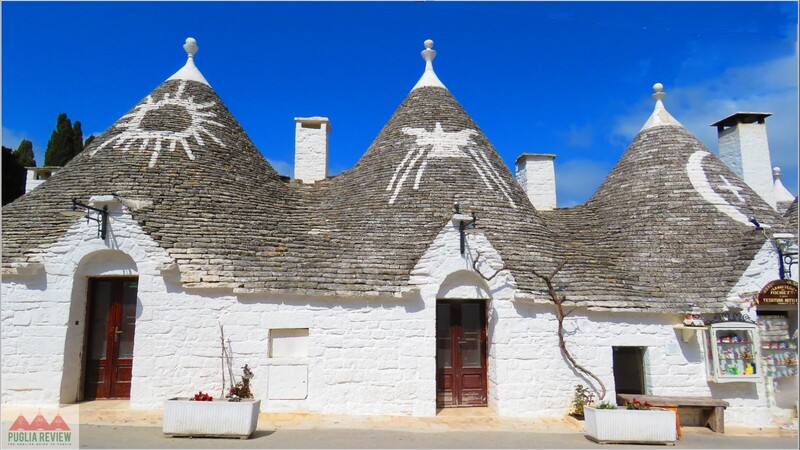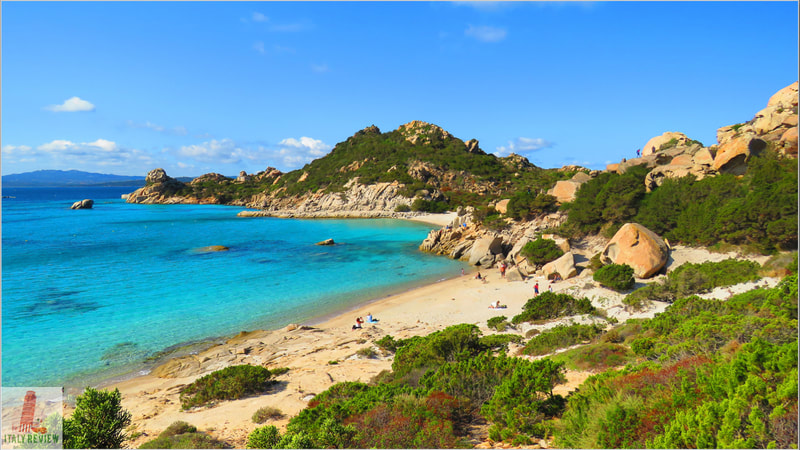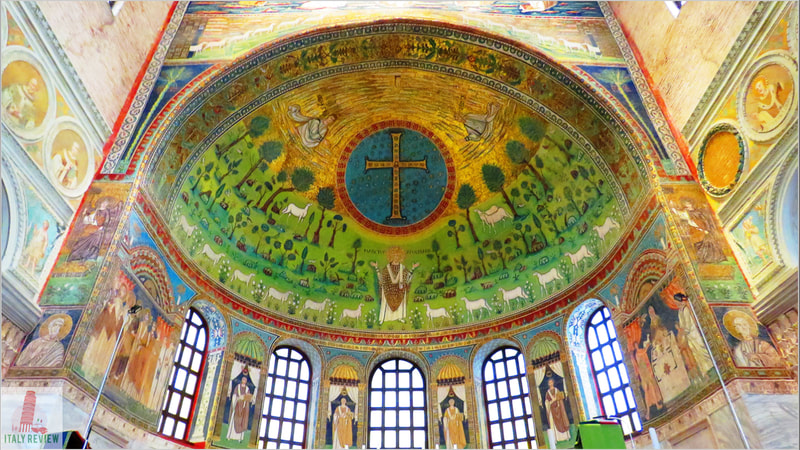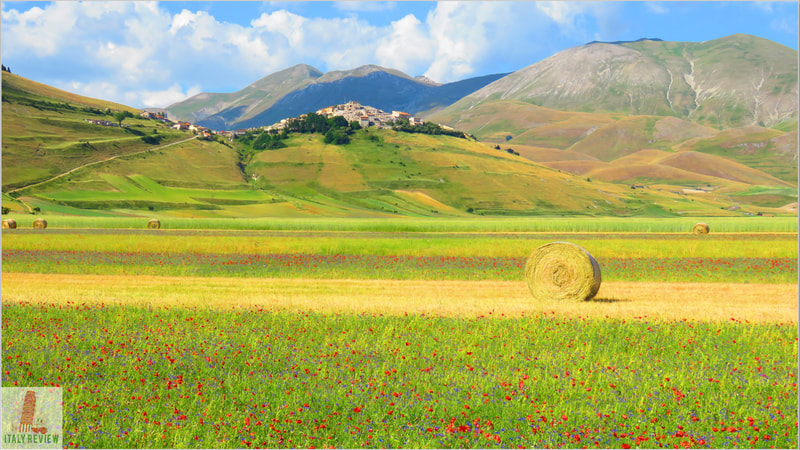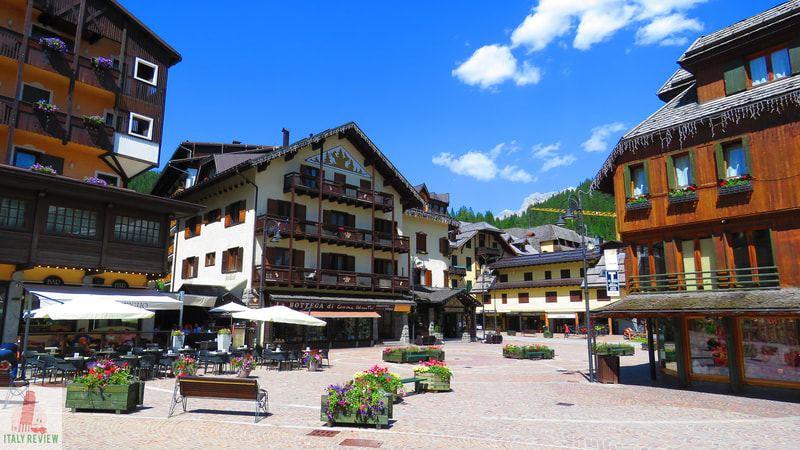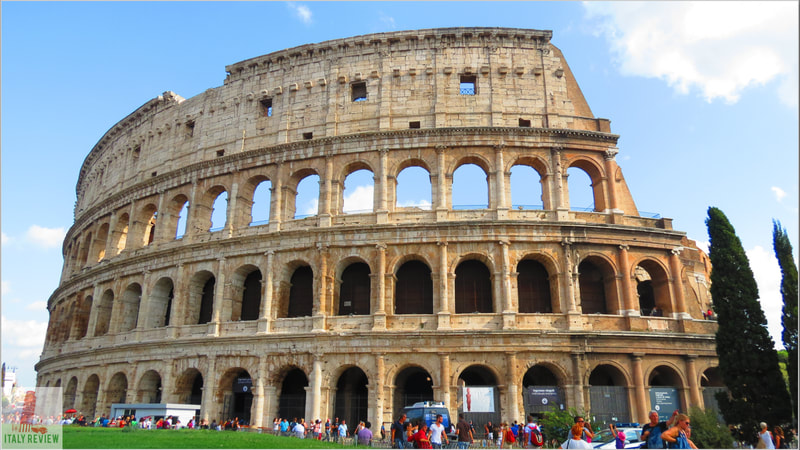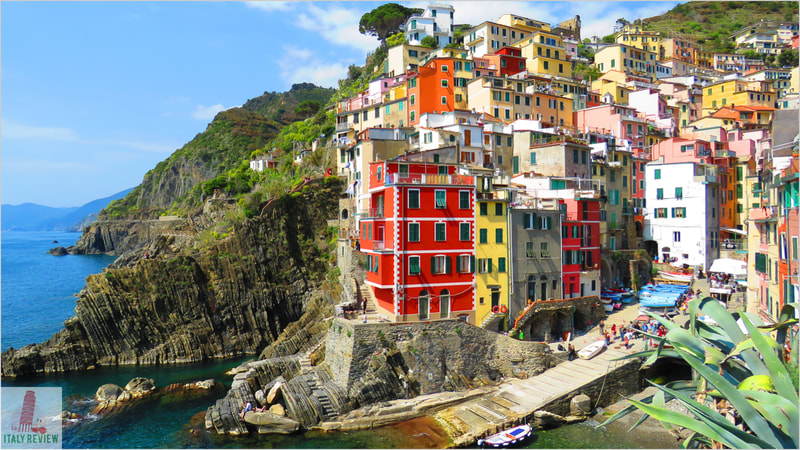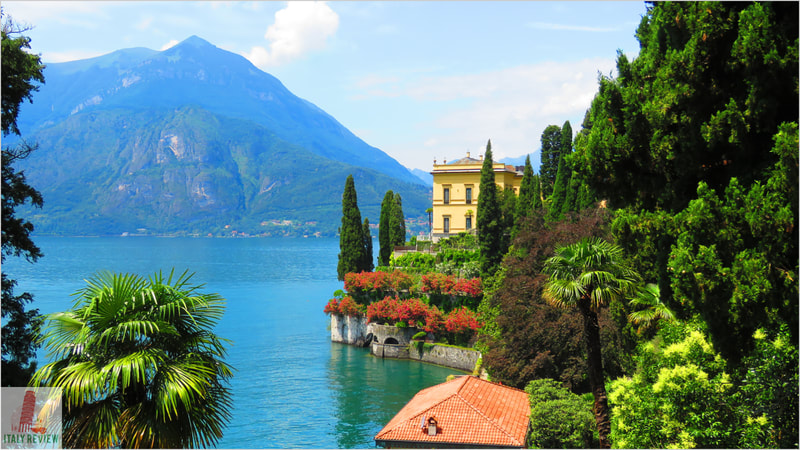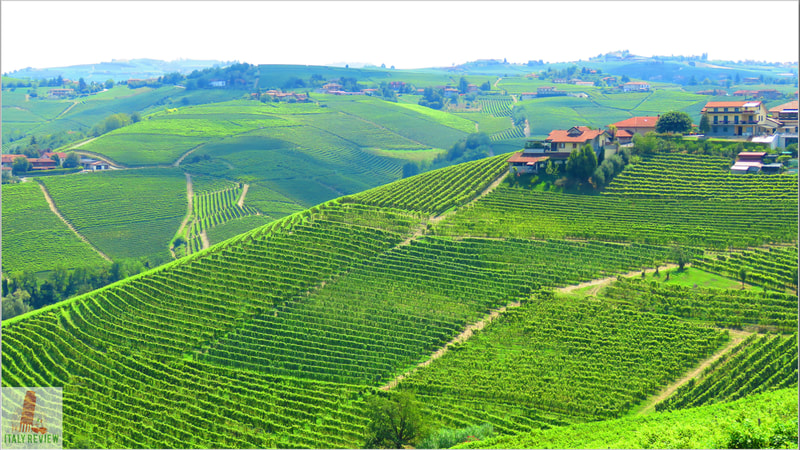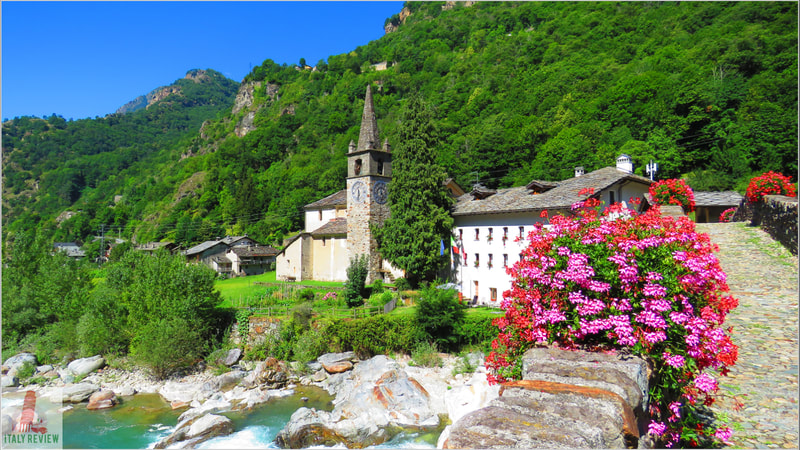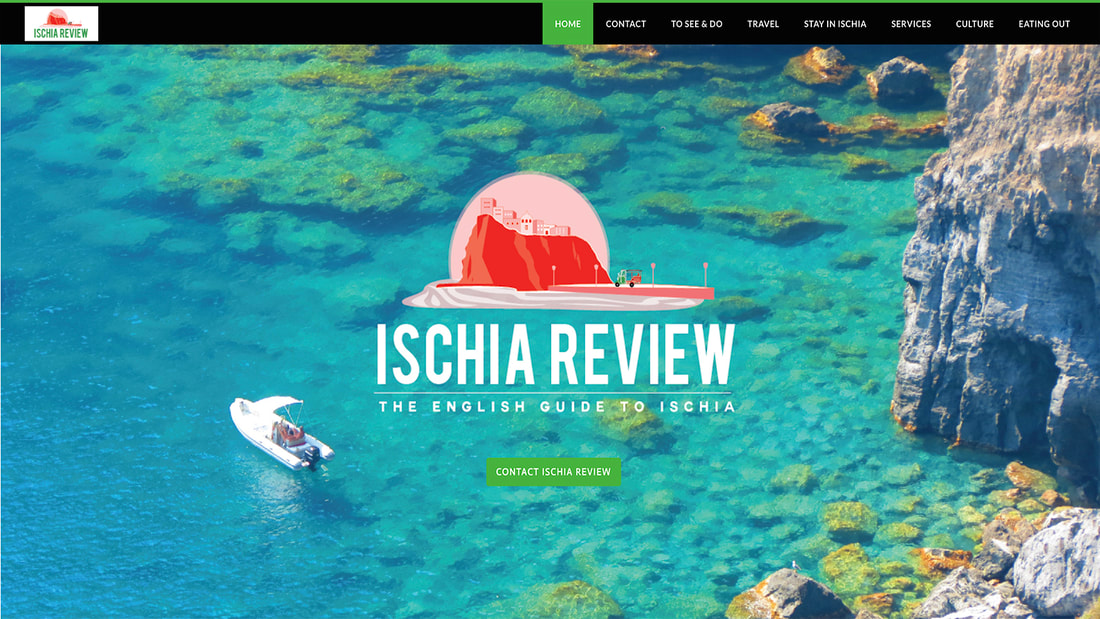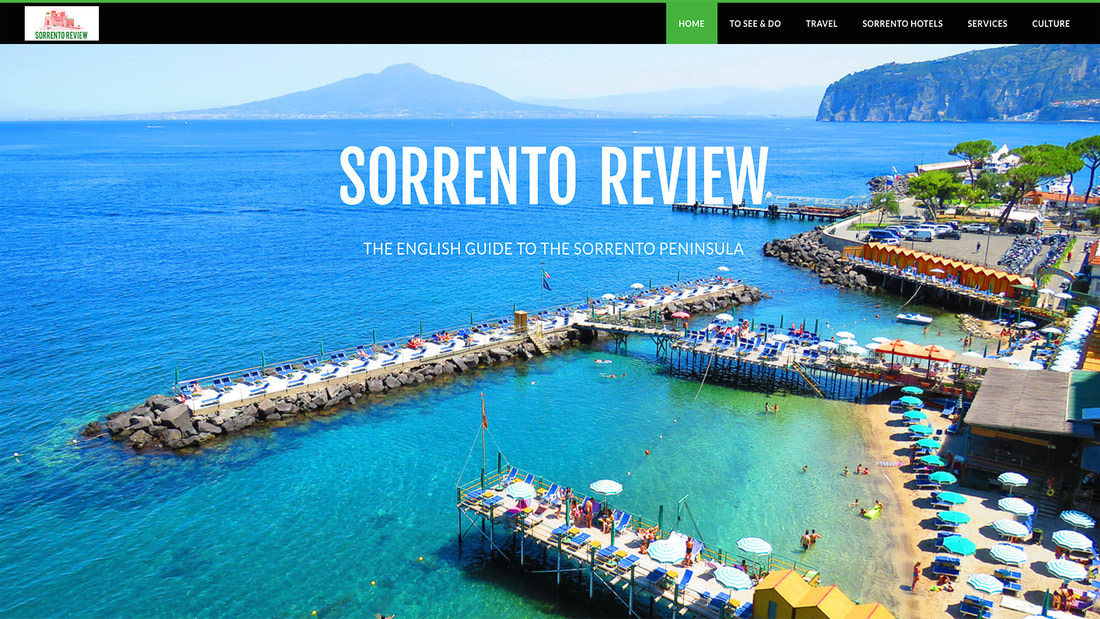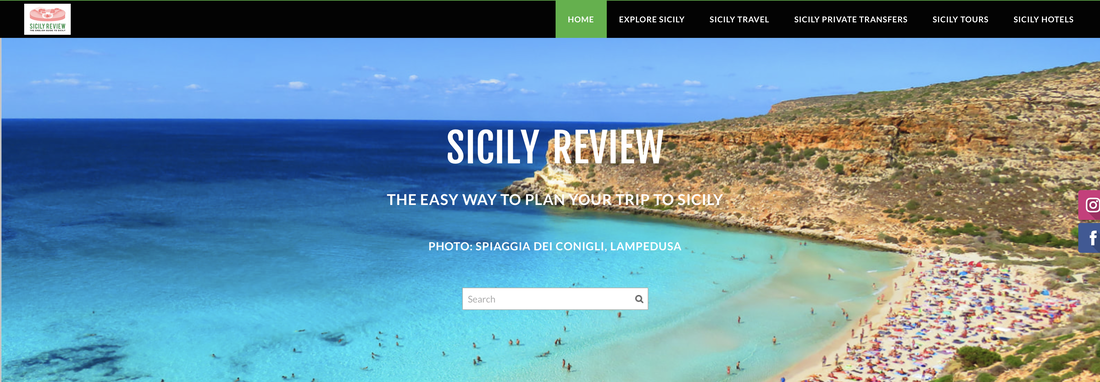|
Good afternoon on Friday 12th February as the weekend starts to show its head above the parapet. The Italian prime ministerial confirmation process seems to be coming to a conclusion, thankfully, with Mario Draghi expected to be confirmed in the role over the next few days.
Two famous Italians are in the news today: sadly, author Massimo Manfredi is seriously ill in hospital after suffering carbon monoxide poisoning in his flat in Rome. We can only hope for better news of the writer/historian in the coming days. On a slightly more positive note, super-architect Renzo Piano is the first of the over 80's in Liguria to receive the coronavirus vaccine. Speaking of the pandemic: yesterday's figures make for uncomfortable reading with another increase in the number of new Covid 19 cases. Yesterday there were 15,146 new positive tests, an increase of 2,192 on yesterday's 12,956. If I'm going to clutch at a straw of optimism, the actual rate of the increase has slowed which may suggest nothing more than a temporary spike. Let's hope so anyway. The weather is a big source of news today with a malicious Siberian storm heading Italy's way over the St. Valentine's Day weekend. The north will bear the brunt of the icy and windy conditions, while layers of snow are predicted to reach as far as Puglia, Naples and Salerno in the south. Of the major cities, Turin is expected to be the coldest today, down to a maximum of -1° Celsius while the two Sicilian cities of Palermo and Catania are expected to rise to around 17° Celsius with plenty of sunshine. On a personal note, I've been watching the Medici: Masters of Florence TV series on Netflix over the past week. Aside from its entertainment value, it's a great snapshot of Italian life in one of the country's most important historical eras: the Renaissance. Italy has only been Italy since 1871 when a process known as the Risorgimento finished, uniting the various regions of the country as one nation. At the time of the Renaissance, the Italian peninsula was split into numerous republics, duchies and kingdoms; when they weren't warring with each other they were forming or breaking political alliances, leaving lots of room for political skulduggery and cunning. One of the chief protagonists of the era was Niccolò Machiavelli, a statesman representing the interests of Florence who went on to write The Prince; a book which has been instructing politicians on how to be success for around 500 years by now. Another central figure during this time was always the pope, head of the Papal States, one of the largest territories in Italy which included Rome and stretched up to the modern-day Emilia Romagna region. The stories of this time are explained well in another TV series: The Borgias which has also aired on Netflix recently, where Jeremy Irons played the lead role of Pope Alexander VI. For anyone interested in Italian history I'd highly recommend the two shows mentioned above. For today's images I'll leave you with some of the filming locations for both the Medici and Borgias TV series. They include the beautiful Villa Lante garden and Villa Farnese in Lazio, as well as some of Tuscany's finest locations including Montepulciano, Pistoia, Volterra and the incomparable Val d'Orcia. Have a great weekend and I'll be back with my next update on Monday. Good afternoon on Thursday 11th February. The Italian news is quite varied this morning: there's still a lot about Mario Draghi and his new government but also a number of little updates concerning the pandemic.
Yesterday in Italy there were 12,956 new Coronavirus cases, another increase from the day before; this time a rise of 2,326 (from Tuesday's 10,630), which will be of concern. The overall number of people currently infected continues to drop, by 3,856 to a total of 410,111. Today is the day when a decision will be made on the potential reintroduction of movement between regions which is currently banned, at least until 15th February. The day before that, Sunday 14th February, Tuscany will move from yellow up to an orange zone, meaning museums, restaurants and bars must close again. No time limit has been set on this but it will be for a minimum of two weeks. There is some concern over the new variants in certain Tuscan towns including Chiusi and Sansepolcro which is one of the reasons why the new restrictions have been imposed. The reopening of ski resorts will be going ahead next week as planned; social-distancing will of course be in place, along with a general reduction in capacity. The ski resorts of Lombardy and Piedmont can open as of Monday 15th while those of Trentino Province must wait until the following day (Tuesday 16th) and Valle d'Aosta, the day after that (Wednesday 17th). There is some positive Covid 19-related news with the use of the Oxford/Astra Zeneca vaccine which is now starting to be rolled out in the Lazio region, alongside the Pfizer and Moderna jabs. In terms of the weather: most of the country is enjoying sunny spells today. Catania continues to be the warmest part of Italy with a maximum temperature of 19° Celsius while feeling the chill in the north is the city of Trieste where it won't go above 5° Celsius and rain is also expected. Trieste is an interesting city: geographically it almost feels like it's not in Italy at all and for many years it wasn't. It's the capital of the Friuli Venezia Giulia region and sits right on the Slovenian border at the top of the Istrian Peninsula which is mostly within neighbouring Croatia. It is though, one of the most elegant cities in Italy, looking out onto the Gulf of Trieste and famed for its role in the coffee industry. As a consequence, Trieste can boast some of the country's oldest and grandest cafes and coffee houses, including the headquarters of the Illy coffee company. The centre of Trieste comprises a number of beautiful neoclassical buildings such as the Palazzo del Governo which sits on one of Italy's most impressive squares: Piazza Unità d'Italia. The piazza is open at one end with its seafront lungomare (promenade); a place where you'll occasionally feel the sharpest chill from the famous bora wind which assails the city from time to time. One of the most elegant areas of Trieste is the Borgo Teresiano where grandiose buildings line a canal on either side. It's also worth taking the 15 minute or so drive outside Trieste to visit the beautiful Castello di Miramare, one of the most impressive castles in Italy. That's all from me for today and I'll of course leave you with some images of Trieste. Back with more tomorrow. Good afternoon everyone. It's a little past lunchtime on Wednesday 10th February and time for my daily update. I've just refreshed the home page with a more detailed breakdown of the current restrictions in place to combat the Covid-19 pandemic. I'll keep that page up to date each day with not only the latest rules, but also the numbers of new infections and a comparison to the previous day.
Yesterday in Italy there were 10,630 new positive cases confirmed, an increase of 2,660 from the previous day (7,970). The number of people currently infected with the virus in Italy dropped by 5,637 to an overall figure of 413,967. The main emphasis in the newspapers is ever so slightly starting to shift away from the story of Mario Draghi and his attempts to form the latest new Italian government. There are a number of headlines today concerning the vaccination rollout with calls for Italy to sanction use of the Russian Sputnik vaccine in order to speed things up. Much criticism remains around the EU's handling of the vaccination programme with the word "bureaucracy" cited several times; a familiar barb that the EU finds hard to shed. Away from the virus and a quick look at the good old weather once again shows the city of Turin in Piedmont as the coldest part of Italy right now with a maximum temperature of 4° Celsius and cloudy overhead. Things couldn't be more different however in Sicily, with the island's second city of Catania enjoying sunshine and a beautiful 21° Celsius today. With most of us living in winter conditions and the virus constantly gnawing away at us, let's treat ourselves and have a look at what sunny Catania has to offer. Well firstly, it's a big city by Italian standards with a population of just over 300,000, making it Sicily's second most populous and the 13th in the list of Major Cities of Italy. It can boast a UNESCO World Heritage listing: grouped along with a number of other cities and towns in Sicily under the heading 'Late Baroque Towns of the Val di Noto (South Eastern Sicily)". The UNESCO listing is in relation to the reconstruction of Catania and the other towns on the list, after the 1693 earthquake that devastated the local area. The late Baroque style of the day is well-regarded by UNESCO for its architectural and artistic achievement. This is most prevalent in Catania's main square: called Piazza del Duomo. Just a word on the name of the square: there are dozens of Piazza del Duomos in Italy which just translates as "Cathedral Square". At the centre of Catania's Piazza del Duomo you'll find a statue of an elephant, somewhat surprisingly, but this is in fact the symbol of the city. The elephant is known locally as Liotru and there are a number of theories as to why it takes pride of place in the city, ranging from the existence of dwarf elephants around Mount Etna to a wizard called Eliodoro (perhaps a derivative of Liotru which is in Sicilian dialect) who could transform himself into an elephant, which could be quite handy on occasion I suppose. Whatever the reason, you will find lots of colourful elephants (fake ones unfortunately) dotted around the city and it also adorns the badge of Calico Catania, the city's football team who are currently languishing in the lower reaches of the country's league system (Serie C). Other sights in Catania include its beautiful Cathedral which puts even Liotru the elephant into the shade, and the 13th century Swabian castle: Castello Ursino. It can also boast one of Italy's most beautiful city parks called Villa Bellini. Catania is an important travel hub for southern Italy: it has a ferry port from which you can sail to Naples or the city of Salerno at the eastern edge of the Amalfi Coast. There are also sailings further afield: to Valletta in Malta. Even more advantageous than its maritime port, Catania Airport is located just five kilometres outside the city centre and connects with a number of major international cities, including London. You can also fly from Catania to the Sicilian islands of Pantelleria and Lampedusa with its wondrous Spiaggia dei Conigli beach. I'll leave you with some of the highlights of Catania for today's images and I'll be back with more tomorrow. Good morning all on Tuesday 9th February. I've decided to include a brief weather synopsis on the blogs from now on and I can tell you that today is a bit of a mixed bag across the country. Obviously we're still in winter and that's felt the most in the northern regions. The high today in Turin for example will be just 3° Celsius, while the warmest temperatures today can be found down in Sicily with Catania expecting a whopping 18° C and feeling positively spring-like.
The news continues to be dominated by politics and the formation around Italy's (latest) new government so I won't dwell too long on that. The number of new Corona virus cases in Italy yesterday was 7,970; that's the lowest figure since I started this blog at the beginning of this month and a significant drop from the day before (11,641). The overall figure of people currently infected also continues to fall: this time by 7,420 to a total of 419,604. Although still very large, the numbers continue to decline and with the warmer weather not too far away, that decline should sharpen in the coming weeks. One very positive piece of tourism news over the last 24 hours surrounds the city of Milan. The city's number one attraction: Milan Cathedral (Il Duomo di Milano) will reopen on Thursday this week (11th February) after being closed since November last year. Another of the city's iconic sights: Da Vinci's Last Supper at Santa Maria delle Grazie will also be reopening on the same day. Visiting Santa Maria delle Grazie is usually extremely difficult with the necessity to book in advance and a waiting list in the region of six months at times; however, lucky Milanese residents will be able to circumvent those rules at the moment and buy tickets on the day, with a dozen people allowed entry every 15 minutes. When things get back to normal, Milan is one of the most interesting cities to visit in Italy. It's an historic city with a fascinating past but it has a much more modern feel compared to the likes of Rome, Venice or Florence. Aside from the Duomo, (widely considered to be one of the best and currently occupying second position on my list of best Cathedrals of Italy), there's the beautiful Galleria Vittorio Emanuele II, an early example of the modern shopping mall but way ahead of anything that's followed it, in terms of style and grace. Just a short walk from the Galleria there's the famous Teatro alla Scala with its own museum, and dozens of other museums close by including the Pinacoteca Ambrosiana and the National Museum of Science of Technology with some great work by Da Vinci among its exhibits. The most historic sight in the city is the imposing Sforza Castle which sits at one end of the huge Parco Sempione: one of the biggest city parks in Italy. I'll leave you with some images of Things to see in Milan for now and I'll be back with more tomorrow. Good morning, it's Monday 8th February and we head into a new week. On the news front, the main story in terms of tourism is around the ski resorts potentially opening a week from today. This will apply to all of the alpine resorts of the north, apart from those in the South Tyrol Province which include Ortisei and Selva di Val Gardena among others.
The rest of the current media surrounds the new incoming prime minister, and of course the latest details around Covid 19 and the vaccination rollout. Yesterday there were 11,641 new cases, while the overall number of people currently infected dropped by the minuscule number of 10, down to 427,024. As I'm from the UK, it's interesting for me that the numbers are now very similar between the two countries on a daily basis. It wasn't long ago that there were at least double the number of new cases each day in the UK compared to Italy, so could these be the first signs that the UK's advanced vaccination programme is starting to have an effect? Another little snippet of news caught my attention over the past few days. The village of Troina in Sicily is offering a selected number of homes for just €1, in an effort to boost dwindling population numbers. Along with the cheap purchase price comes a booty of €25,000 to be used for purposes of renovation. Similar projects have been been offered in the past: one was another village in Sicily called Sambuca di Sicilia and others came from the region of Molise. Another eye-catching scheme was recently proposed in the village of Santa Fiora Amiata in Tuscany where reduced rents were available for people who work from home using the internet. Santa Fiora backed up the scheme by improving its internet capability in an effort to become a "Smart Village", a term used to encourage remote working. Of course there are always caveats and conditions associated with the schemes outlined above but they do offer some opportunities and it's good to see some of these rural locations thinking outside the box in order to find solutions for their local economies. The three villages mentioned above are coincidentally all members of an association called I Borghi Più Belli d'Italia, "Italy's Most Beautiful Villages". A borgo is usually an historic village or hill town, often providing some of the most captivating images of Italy. This is a subject that's been close to my heart since I started the Italy Review project: I first started to notice the Borghi Più Belli as I was travelling around Italy taking photos, and at a certain point decided I had to visit them all. There are in excess of 300 of these villages and while at certain times I have been able to say I've been to all of them, that little accolade regularly slips from my grasp as new ones are being added all the time. Still, going to discover the new ones isn't the worst way to spend one's time and it's always good fun to see what they have to offer. For today's images I've included the three borghi mentioned above, along with a few other personal favourites: Rango in Trentino Alto Adige/South Tyrol, Chianale in Piedmont and Finalborgo in Liguria. I'll be back with another update tomorrow. Good morning on Saturday 6th February. Over the last few days there have been various optimistic reports emanating around the UK vaccination rollout. There now appears to be a target of inoculating all over 50's by the end of May. Presumably this would be a first jab so with the current plan of giving a second dose twelve weeks after the first, this would mean full immunisation some time towards the end of August and around the middle of September for that second jab to fully work its way into the system.
Based on that, it could see a huge surge of over 50's wanting to get away for late summer holidays but I suspect many people will be happy to travel after the first jab, perhaps comforted by the lower prevalence of the virus during the warmer months. There are other reports that slightly contradict the government target of giving the jab to all over 50's by the end of May, including one that suggests every single adult will have been offered a vaccine by the end of June. Everything depends on the amount of vaccine being supplied but there does seem to be a greater feeling of positivity on that now, compared to a week or two ago when there was so much tension between the EU and UK. In Italy today there's some discussion about bringing forward the date of allowing restaurants and bars to open later in the evenings. At the moment they have to close (apart from take-aways and deliveries) at 6pm but the talk is around extending that until 10pm from 22nd February. The number of Covid 19 infections has stabilised over the last week: yesterday there were 14,218 new cases, a slight increase on the previous day when there were 13,659. The overall trend of people currently infected continues to fall, with that total number now standing at 429,118, a drop of 1,159 from the day before. Today's Italian spotlight falls on the central region of Abruzzo. A region of rugged hills and mountains in its interior, with a long section of almost uninterrupted beach on its Adriatic Coast, it offers a number of options for tourism. Highlights include three of Italy's national parks: the Gran Sasso and Monti della Laga, Majella National Park and the Abruzzo, Lazio and Molise National Park which is shares with the regions of Lazio to its west and Molise to the south. Incidentally, Abruzzo and Molise were once a single region known as "the Abruzzi", before they were officially separated in 1970. The images that really define Abruzzo for me are those from the top of Rocca Calascio: the ruins of a mountain fortress with commanding views across the Apennines. Rocca Calascio sits just at the edge of the Gran Sasso National Park; one of the most fascinating areas of Abruzzo to discover. There are dozens of historic hill towns in the area including Santo Stefano di Sessanio and Castel del Monte (not to be confused with the castle in Puglia), as well as the Campo Imperatore plain which is a winter ski resort. There are further historic towns along Abruzzo's coastline such as Vasto, Giulianova and Ortona, while further inland, the area around Sulmona and the Abruzzo section of the national park offers a captivating mixture of nature and history. For now, I'll leave you with some images of Abruzzo and I'll be back with more tomorrow. Morning all and a happy Friday 5th February 2021 as we head into the weekend. I've just read a very encouraging article in The Times which has disclosed plans for "vaccine passports" are being considered for international travel from the spring. The report centres around Greece who appear to be open to the idea of British and American tourists this year, due to the good progress made in the countries' vaccination programmes.
The idea seems very much to be at the planning stage at this point, but it does provide another level of optimism for foreign holidays later this year. Although the report only mentioned Greece, it follows that other European countries that depend heavily on tourism such as Italy, Spain and France, will be considering such options in order to get their economies back on track. Yesterday in Italy there were 13,659 new cases of Covid 19, a rise of around 500 compared to the previous day. The overall figure of current confirmed cases in the country continues to drop: this time by a figure of 4,445, leaving a total of 430,277. A new vaccination rollout plan in Italy has been taking shape over the previous few days. A greater number of vaccines have been promised to the country and this will see focus switch away from the over 80s, to the over 55s and key workers. Along with other EU member countries, Italy is behind the likes of the UK, USA and Israel in terms of its rollout; due to supply issues and later approval for use of the vaccines such as those produced by Pfizer, Astra Zeneca and Moderna. We'll see how things pan out with the vaccine rollout and potential vaccine passports; it does though look as if some kind of foreign travel may be possible by the end of May or June. Part of the purpose of this blog is to highlight places in Italy that you might like to visit. Ask most people to reel off the most popular destinations in Italy and they'll probably provide you with a dozen or so: the likes of Venice, Rome, Florence, Sicily, Tuscany, Puglia and the Amalfi Coast among others usually featuring heavily. However, on this website I've featured in excess of two thousand places in Italy that offer some level of interest, from sleepy fishing villages to historic hill towns and everything in between. Today I'm going to focus on that "in between" level. Throughout the country there are dozens of small towns and villages that can now be described as "Mural Towns". Enter a seemingly innocuous village and before you know it, you're surrounded by an art gallery on the walls of the local shops and houses. In the northern region of Emilia Romagna for example there's the historic town of Dozza, with even its medieval castle overshadowed by the art on the walls. Piedmont's mountain village of Usseaux is another great example, along with Sardinia's San Sperate and Orgosolo. Back on the mainland and in the south of the country there's Valogno in Campania and further south still, the seaside town of Diamante in Calabria. However, pick of the bunch for me are two towns in Basilicata which are so close to each other that I'm sure it's become something of a competition. The two towns in question are Sant'Angelo Le Fratte and Satriano di Lucania which are separate by just 10 kilometres, making a visit to both on the same day one of the best days out in Basilicata. I've selected a handful of the best photos from these Mural Towns for today's photos and I'll be back with another update tomorrow. Good morning. It's Thursday 4th February 2021 and I've just been scanning the various Italian newspapers for the latest tittle-tattle. The main focus is still around the new incoming prime minister: Mario Draghi and how he's going to save the country from all its current woes, which is all very lovely.
The number of new Covid 19 cases yesterday rose by an increased amount compared to the day before: a figure of 13,189 new cases compared to 9,660 on Tuesday. The overall figure of people currently infected continues to fall however, down by 3,043 for a total figure of 434,722. The encouraging news is that we do seem to be on track for movement between regions from Monday 15th February, at which point, it will also be possible to go skiing, albeit with certain social-distancing restrictions in place. Away from the pandemic, I did find one little piece of news that's semi-related to tourism. It concerns the Pompeii archaeological site, just outside Naples in the region of Campania. An artefact belonging to the site was recently returned to its rightful place by a light-fingered visitor who'd taken it into personal custody some 50 years before. The two thousand year old piece of sculpture was left on the site with a hand-written note, apologising for the theft. Apparently this was by no means an isolated incident and happens quite regularly. Pompeii is a UNESCO World Heritage Site, and one of the most important archaeological sites in Italy. Its story is one of the most compelling: on 24th October 79 AD (this date has recently been disputed but we'll try not to worry about it too much), nearby Mount Vesuvius erupted, spewing enormous amounts of molten rock and pumice into the atmosphere. The prosperous city of Pompeii bore the brunt of the eruption, with its unsuspecting population taken by surprise and trapped as they tried in vain to flee. One of the most haunting images of a visit to Pompeii is the series of plaster-casts that essentially show Pompeiians in their final positions as disaster struck. The Pompeii site can be reached by train either from Naples or from Sorrento, both of which lie at opposite ends of the Circumvesuviana (translates roughly as "around Vesuvius) train line. Along this very same line you can find the two other sites that make up the full UNESCO listing: Herculaneum and Villa Oplontis. The Campania region is one of the best for archaeology: close to Naples you'll find further sites such as Stabiae, Baia and Cumae, while further south, close to the Cilento Coast in the Salerno Province you'll find another UNESCO site: the magnificent Greek temples of Paestum. I've added a section of Campania's Archaeological Sites for today's photos and I'll be back with another update tomorrow. Good morning all. The Italian news is abuzz today with the story of the president asking a certain Mario Draghi to form a new government. I really don't follow Italian politics that closely; they seem to like to talk a lot, have crises and generally not change anything so I don't expect this news to have much effect either.
In terms of the pandemic: yesterday there were 9,660 new cases, up from yesterday's 7,925 but an overall drop of 9,824 people that currently have the virus (437,765 in total). News in the UK suggests the Astra Zeneca/Oxford vaccine has the power to not only stop you from getting the virus, but also to negate the chance of passing it on which is great news if it turns out to be the case. Also in the UK, Ryanair have been in the news today, receiving a rap from the advertising authorities for their "Jab and Go" campaign which was deemed to be "irresponsible". The Irish aviation company remains bullish however about the prospects of international travel this summer and specifically mentioned Italy, among other European destinations that would be open to travel later this year. Something that caught my attention in one of the Italian newspapers this morning was a report about the annual Sanremo Festival taking place this year. There had been some doubt over it, but it seems that it will indeed go ahead, at the beginning of March, just without the usual live audience. Outside of Italy, the festival doesn't capture a huge amount of attention but it's a pretty big deal for a lot of Italians. It takes place in the northern seaside town of Sanremo in Liguria, at the famous Ariston Theatre, and is transmitted live by the Italian national broadcaster: RAI. The event sees a mixture of established musical acts and newcomers vie for various prizes; a kind of Eurovision Song Contest for Italy without the international voting. Sanremo is one of the largest seaside towns in Italy; famous for its art-nouveau architecture, the pinnacle of which is the casino, built in 1904. Known in some quarters as the "City of Flowers" due to its important flower market and role within the industry, Sanremo is a place of fin de siècle charm, a great place to base oneself for discovery of the wider Liguria region. Sanremo lies just 30 kilometres from the French border where you can find one of Italy's most impressive gardens, the English-named: Hanbury Botanical Gardens. For today's photo I've chosen the yachts in Sanremo's harbour and I'll be back with another update tomorrow. Buona giornata! It's day two of my new blog and I've started the day by providing an overview of the current Coronavirus restrictions on the home page. In fact I've created a new section on the home page which I'll update as and when the rules change.
You would think with all the mass-media that exists these days it would be an easy task to find and then explain those rules but it's actually quite a complicated process with many publications slightly out of date and rules being tweaked on an almost daily basis. I'll do my best to keep abreast of any changes as they take place but feel free to chip in and comment if you're unsure over a specific rule. Of course, for most people reading this blog in the UK or USA for example, the current rules in Italy will be of little interest as travel from those countries is banned to a large degree. However, it does help to keep an eye on how the situation is developing. The latest Covid 19 figures show that there were 7,925 new cases yesterday and a total number of 447,589 people in Italy currently infected, a drop of 6,379 from the day before. It's probably a little too early to say whether or not the vaccinations are having an effect on those numbers, but as we move away from the epicentre of winter to incrementally warmer days, we should hopefully see those numbers continue to fall and at a gradually faster rate. There is life away from the pandemic of course; although most of us are still bound to restrictions of some kind or another, we've all found ways of adapting to life and found things to keep us occupied. On a personal note, I've had very little spare time recently as I've been making some significant changes to the whole Italy Review project. At the beginning of the year there were 36 different websites in the Italy Review family but I've now reduced that down to just three. Having all those different websites for each region, the major cities and several islands didn't provide the best possible user experience and I've been focusing on that aspect over the last few weeks. There are now just three websites: Italy Review, Ischia Review and Sorrento Review. On the oldest of those (Ischia Review), I've added all the written content from the former Procida Review which covered the neighbouring island. I'll gradually be adding all the Procida photos to Ischia Review and it's a similar situation with Sorrento Review, to which I've added the text from Naples, the Amalfi Coast and the island of Capri. Everything from the twenty regions, the major cities and the remaining islands is now here on Italy Review, although it'll take a good while to upload all the photos so just bear with me on that. In the little spare time I have at the moment I've been immersing myself in Italian culture. I currently have two books on the go: Rome - A History in Seven Sackings by Matthew Kneale, and Street Fight in Naples by Peter Robb. I'm finding the Rome book very enjoyable, informative and easy to follow while the one about Naples is slightly more obscure and I'll reserve judgement for now. I've also been enjoying the Netflix series about the Medici (series one of which is called "The Medici - Masters of Florence"), and recently finished the excellent three season series about The Borgias, starring Jeremy Irons. I also have a soft spot for the Inspector Montalbano TV series which is set in Sicily. I spent some time visiting the major filming locations there last year, including beautiful Scicli which I've chosen for today's photo. |
AuthorMy name is Dion Protani, founder of Italy Review. The Italy Review blog is designed to provide ideas and inspiration to visit places in Italy you might not have heard about, as well those you have. Archives
December 2023
Categories |
- Home
-
Must See Italy
-
Cities of Italy
>
-
Towns and Villages of Italy
>
- Hill Towns of Italy >
- Historic Towns of Italy >
- Mountain Towns of Italy >
- Ski Resorts of Italy >
- Colourful Italian Towns >
- Italy's Most Beautiful Villages >
- I Borghi Piu Belli d'Italia >
- Orange Flag Towns of Italy >
- Vineyard Towns of Italy >
- Mural Towns of Italy >
- Spa Towns of Italy >
- Ghost Towns of Italy >
-
Italian Coastal and Lake Resorts
>
-
Italian Islands
>
-
Man-Made Landmarks of Italy
>
-
Natural Landmarks of Italy
>
-
Religious Buildings of Italy
>
-
Cultural Institutions of Italy
>
-
UNESCO World Heritage Sites in Italy
>
- Residences of the Royal House of Savoy >
- Arab-Norman Palermo and the Cathedral Churches of Cefalu and Monreale >
- Early Christian Monuments of Ravenna >
- Longobards in Italy Places of the Power 568 to 774 AD >
- Medici Villas and Gardens in Tuscany >
- Late Baroque Towns of the Val di Noto South Eastern Sicily >
- 18th Century Royal Palace at Caserta with the Park the Aqueduct of Vanvitelli and the San Leucio Complex >
- Venetian Works of Defence Between the 16th and 17th Centuries Stato da Terra Western Stato da Mar >
-
Parks of Italy
>
-
Cities of Italy
>
-
Italy
-
Travel
- Airports of Italy >
- Price List for Italian Airport Transfers >
-
Italy Ferry Routes and Schedules
>
-
Sicily Ferry Routes
>
- Aeolian Islands Ferry Schedules >
- Aegadian Islands Ferry Schedules >
- Pelagie Islands Ferry Schedules >
- Mazara del Vallo Ferry Schedules
- Messina Ferry Schedules
- Milazzo Ferry Schedules
- Palermo Ferry Schedules
- Pantelleria Ferry Schedules
- Pozzallo Ferry Schedules
- Termini Imerese Ferry Schedules
- Ustica Ferry Schedules
- Gulf of Naples Ferry Routes >
- Amalfi Coast Ferry Routes >
- Tyrrhenian Sea Ferry Routes >
- Pontine Islands Ferry Routes >
- Calabria Ferry Routes >
- Tuscan Archipelago Ferry Routes >
- Ligurian Sea Ferry Routes >
- Sardinia Ferry Routes >
- Italian Adriatic Ferry Routes >
- Tremiti Islands Ferry Schedules
- Italy to Albania Ferry Routes
- Italy to Greece Ferry Routes
- Italy to Corsica Ferry Routes
- Italy to Croatia Ferry Routes
- Italy to Spain Ferry Routes
-
Sicily Ferry Routes
>
- Italian Ferry Ports
- Driving in Italy >
- Trains in Italy >
- Buses in Italy
- Trams in Italy
- Taxis in Italy
- Italy Hotels
-
Culture
-
Italian Architectural Styles
>
- Ancient Roman Architecture
- Early Christian Architecture
- Italian Byzantine Architecture
- Italian Romanesque Architecture
- Italian Gothic Architecture
- Italian Renaissance Architecture
- Italian Baroque Architecture
- Italian Neoclassical Architecture
- Liberty Style Architecture
- Italian Fascist Architecture
- Modern Italian Architecture
- Articles >
- Italian History
- Italian Cuisine by Region
- Italian Opening Times
- Film and TV Locations in Italy
-
Italian Architectural Styles
>
SITE SEARCH
If you want to find a page quickly and you're not sure where to look you can use the Site Search box below and it'll point you in the right direction.
YOUR COMPLETE GUIDE TO ITALY
|
Italy Review is an independent guide to Italy, showcasing the very best that the country has to offer. Throughout the four thousand pages of the website you'll find comprehensive tourist information, opinion and original photos.
Alongside the major tourist destinations that you've already heard of, there are thousands of others that may come as a surprise with the intention of the website to provide inspiration for your future trips to the country. The photos and descriptions on the website are all my own work and are the fruit of my extensive travels around the country. I've visited every place that's listed on the website which means I'm able to give useful advice for first-time visitors. You can keep in touch with the latest developments in Italy via my Italy Review Blog for which you'll find links below to the Facebook and Twitter pages. If you'd just like to start your exploration of Italy with some ideas of places to go then I'd recommend starting at the highlighted must see Italy page. Or using the grid to your right you can click a photo to enter the main menus. |
|
THE ITALY REVIEW NETWORK SISTER SITES:
All photos and images on the site that are marked with the © copyright symbol or with the Italy Review series logos are the property of Italy Review and must not be used elsewhere without prior permission. All written content on the website is also the property of Italy Review and its use is strictly limited to this website alone.

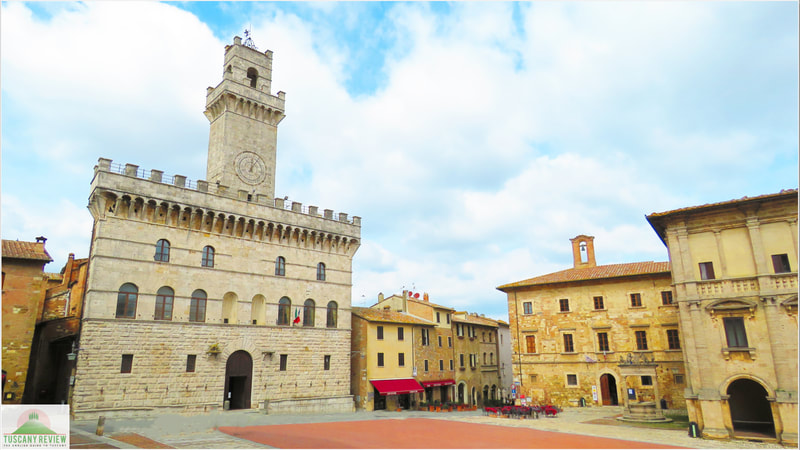
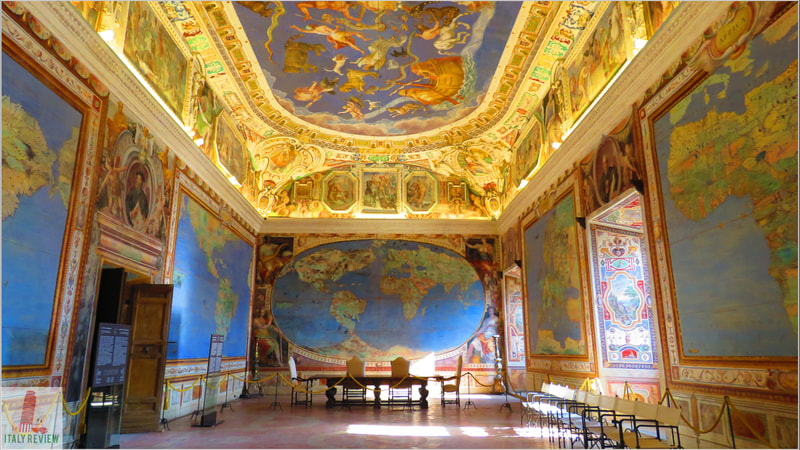
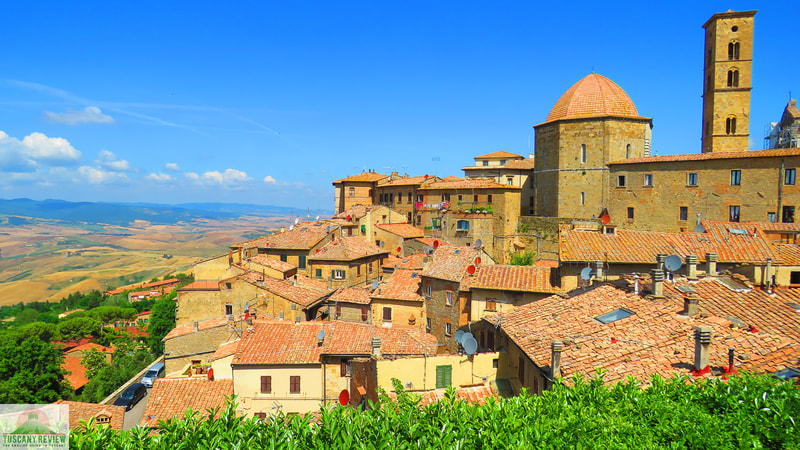
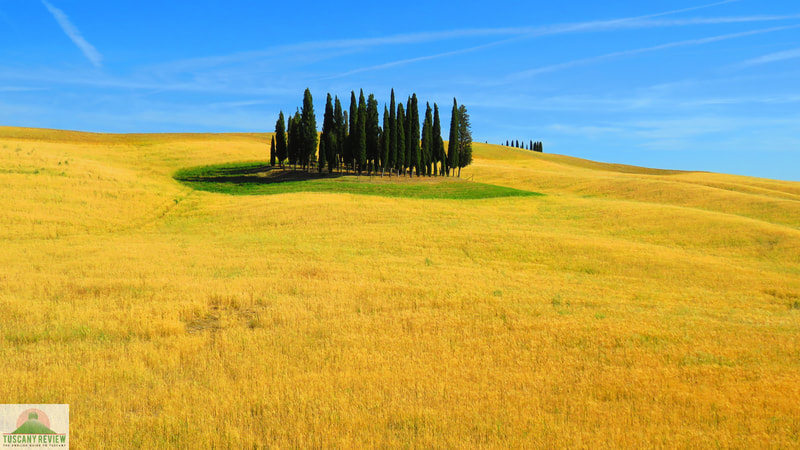
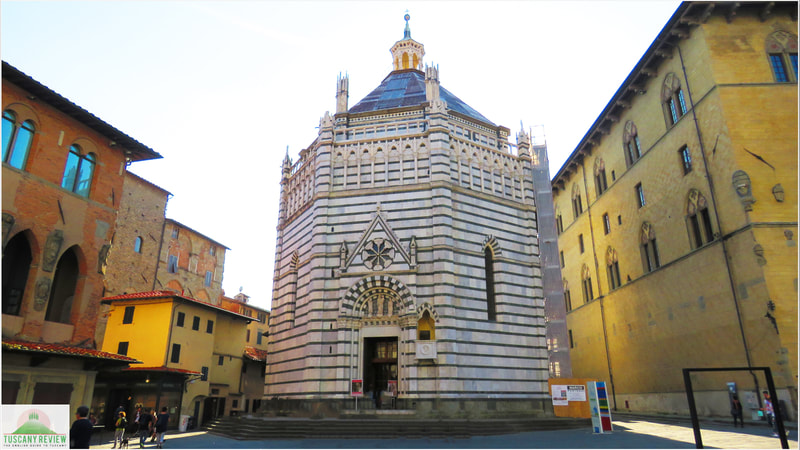
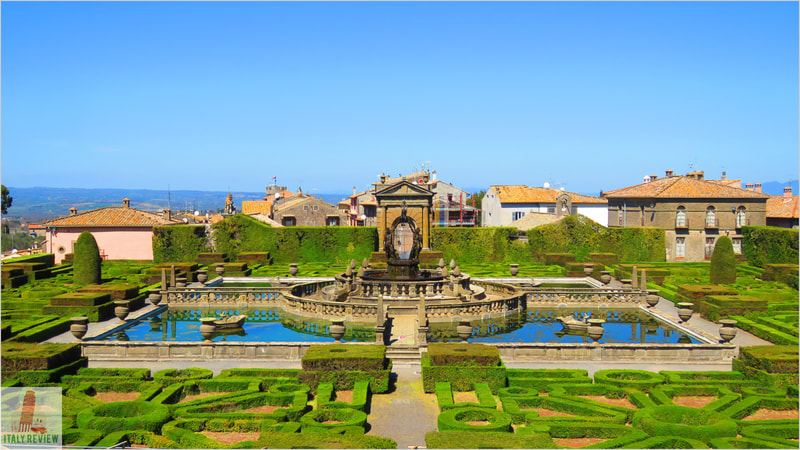
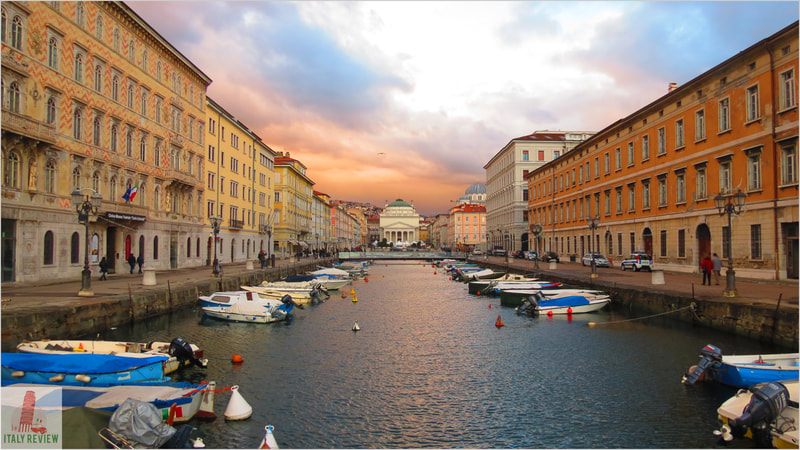
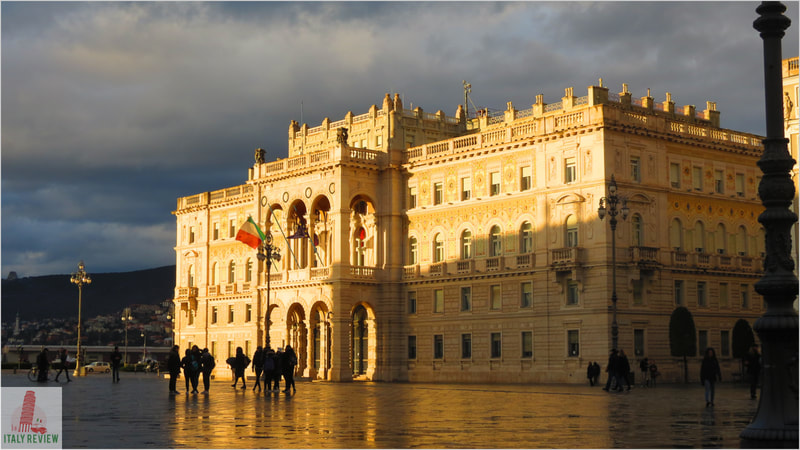
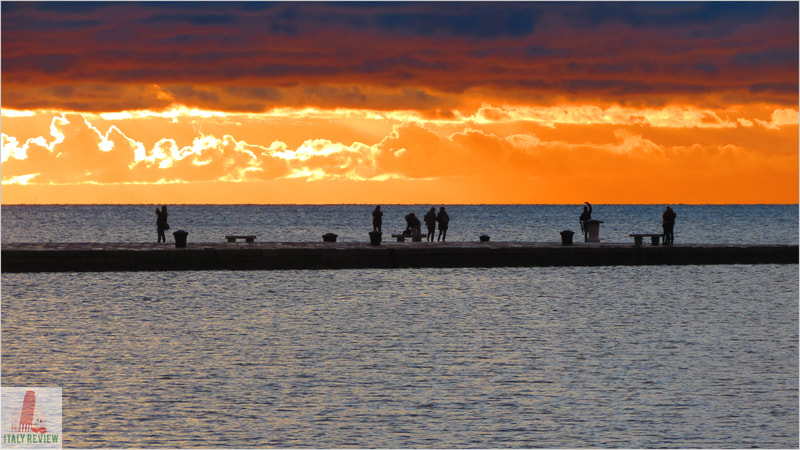
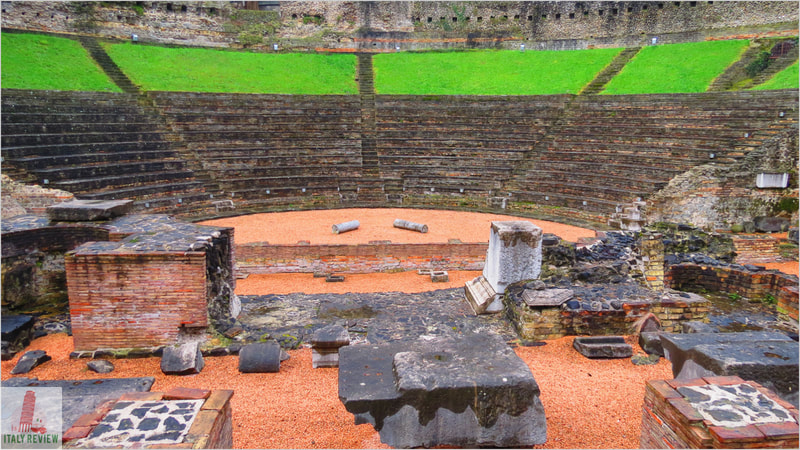
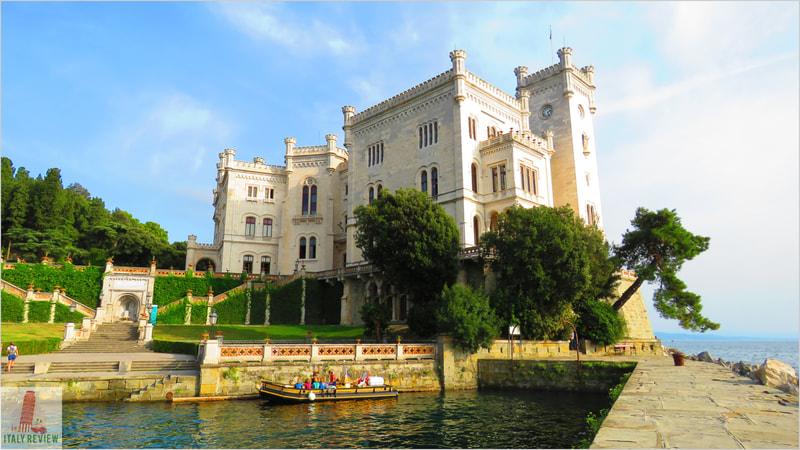
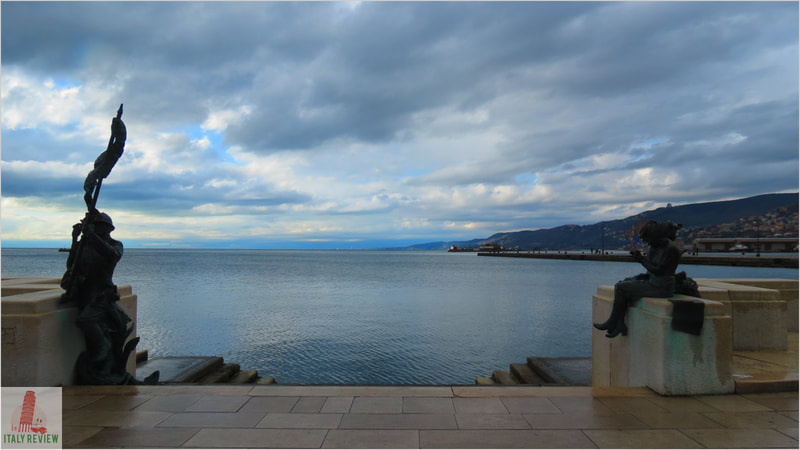
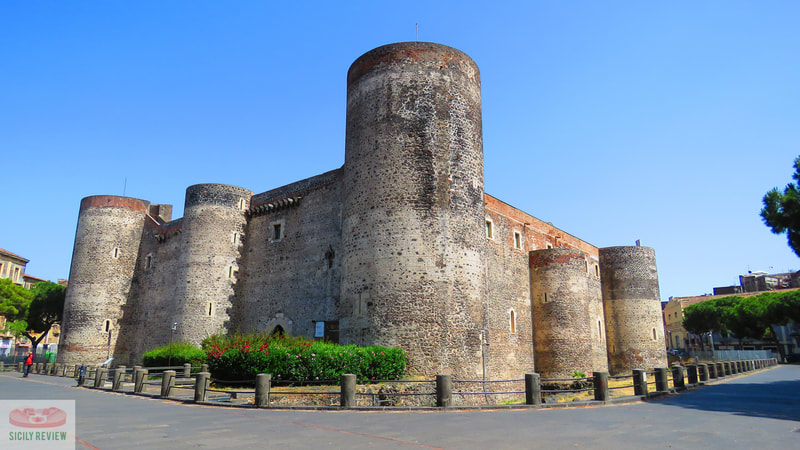
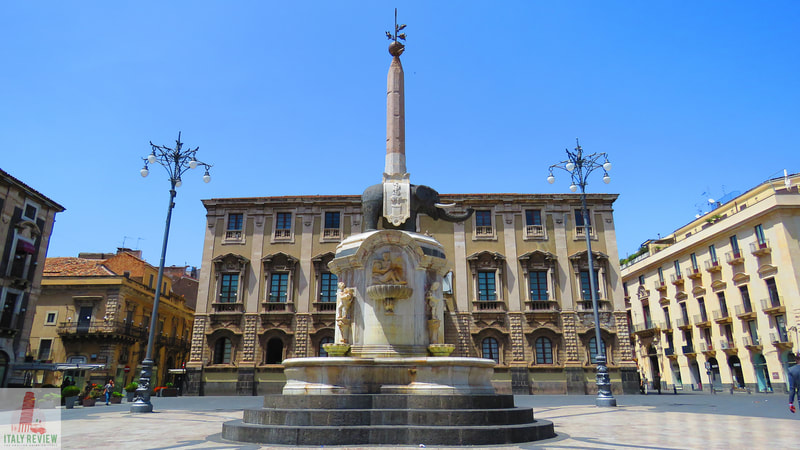
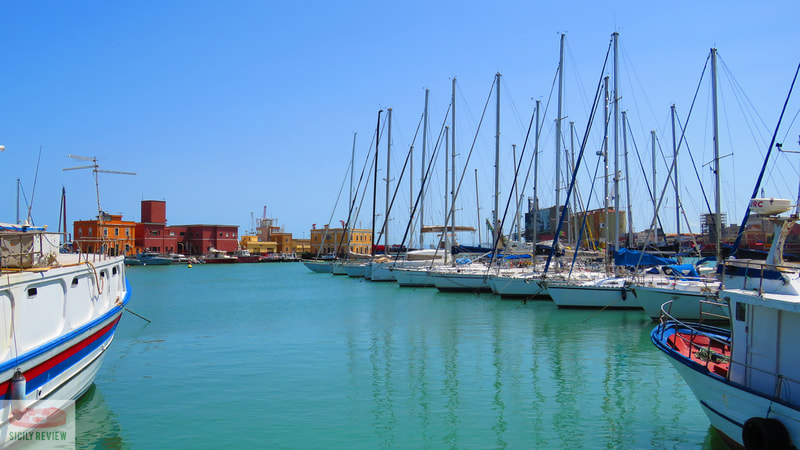
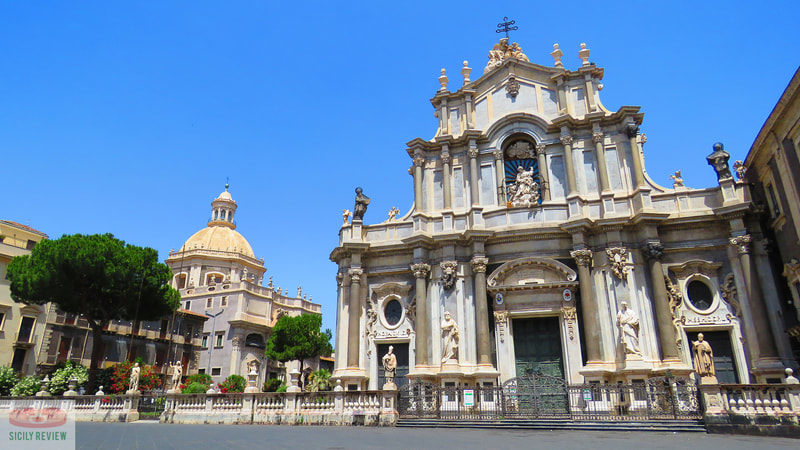
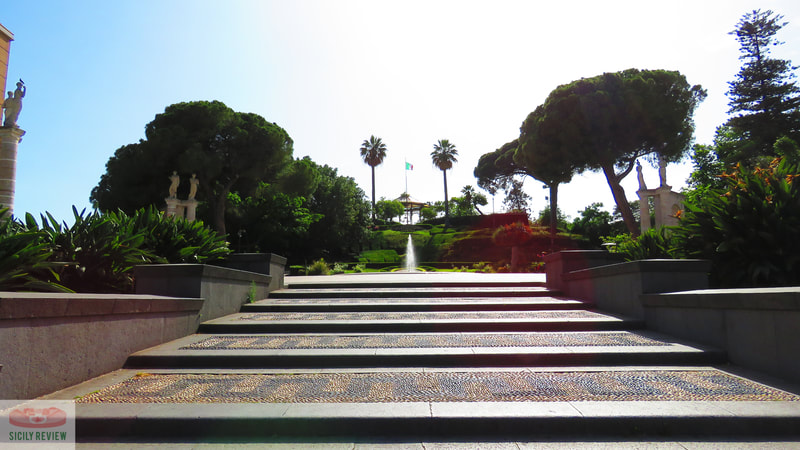
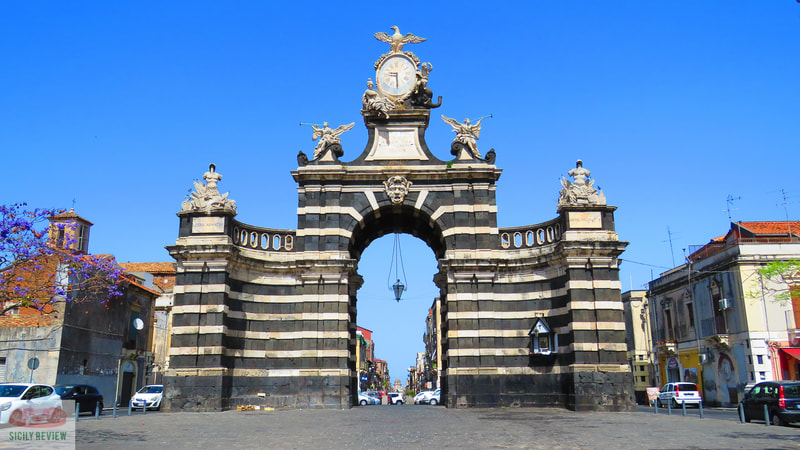
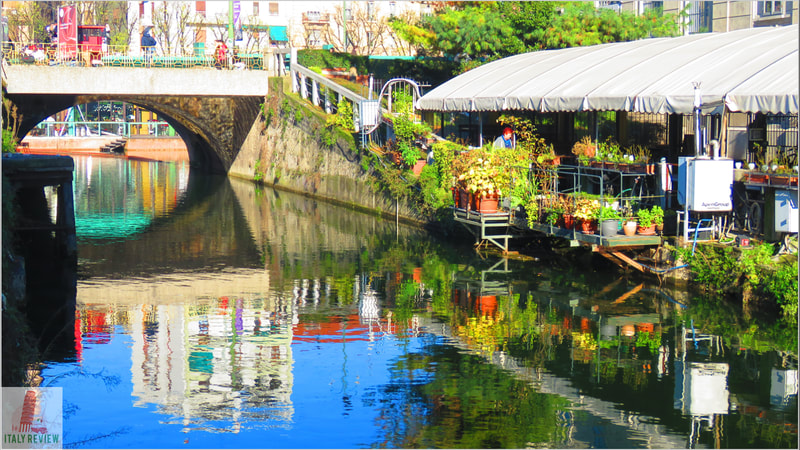
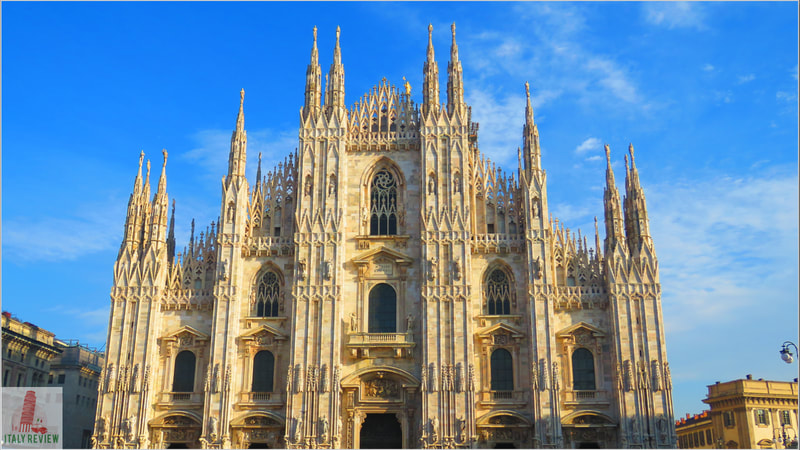
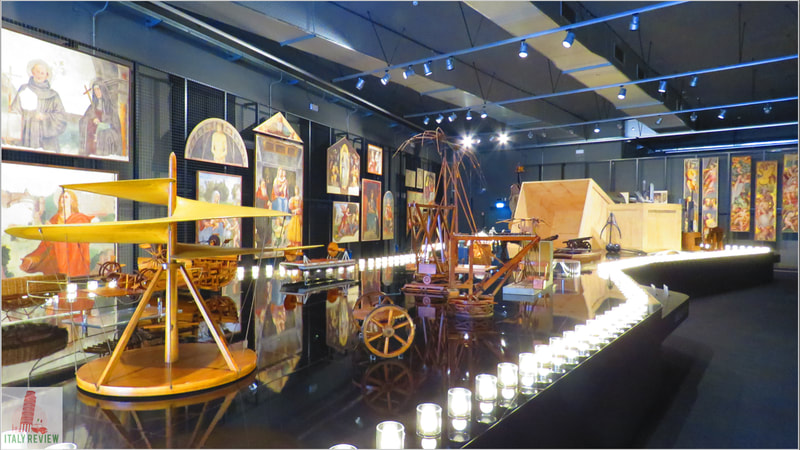
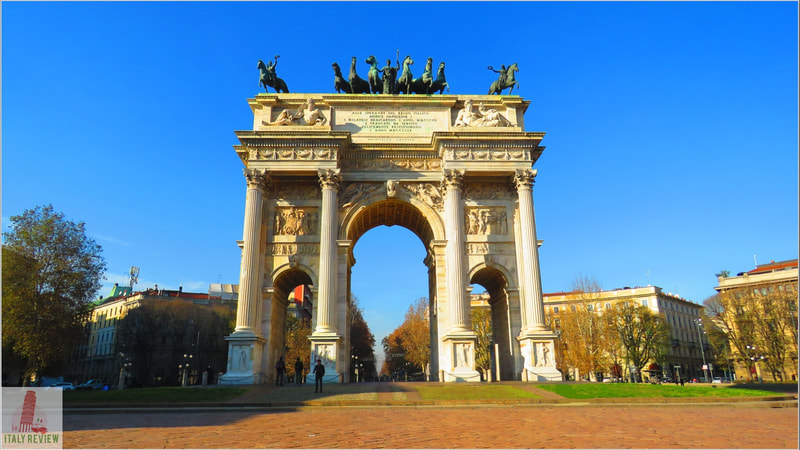
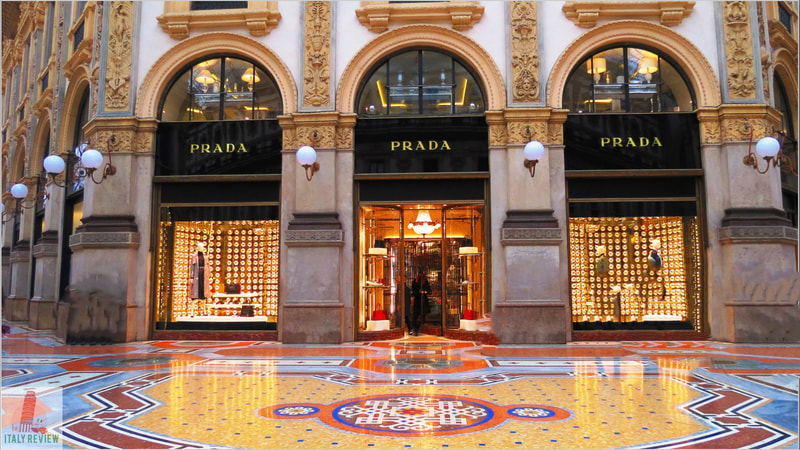
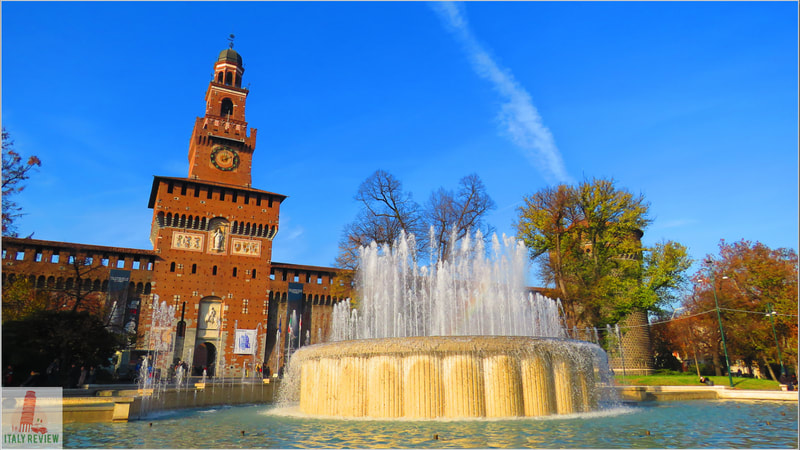
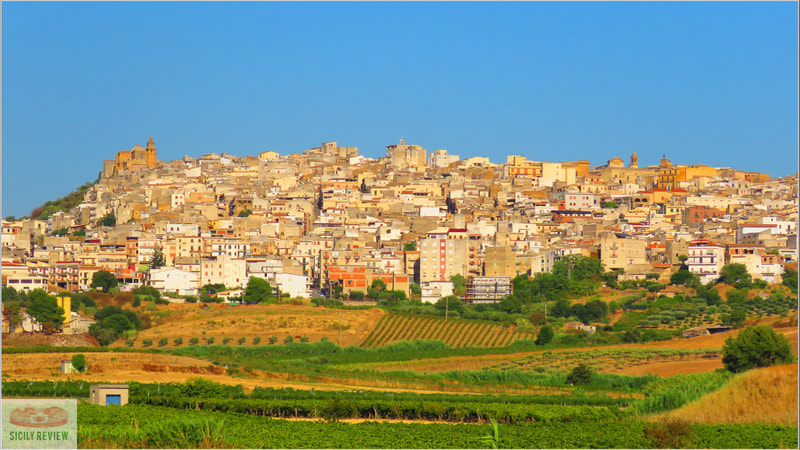
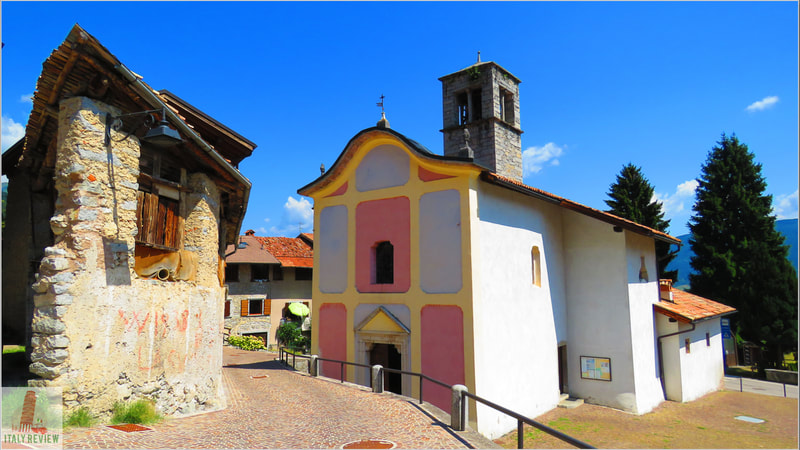
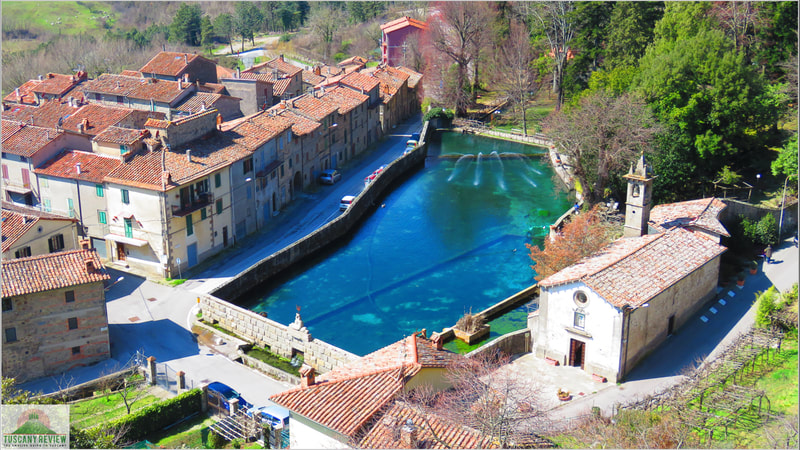
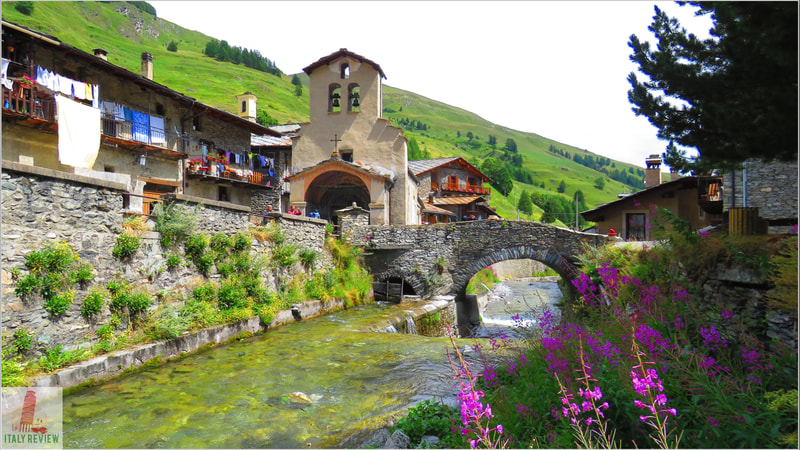

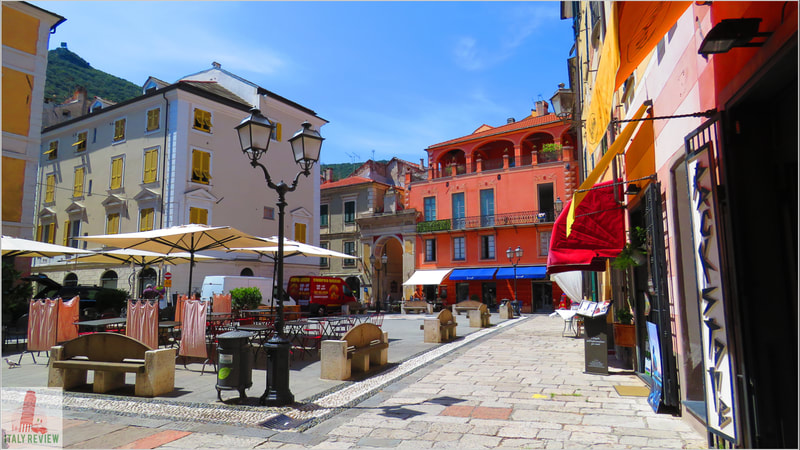
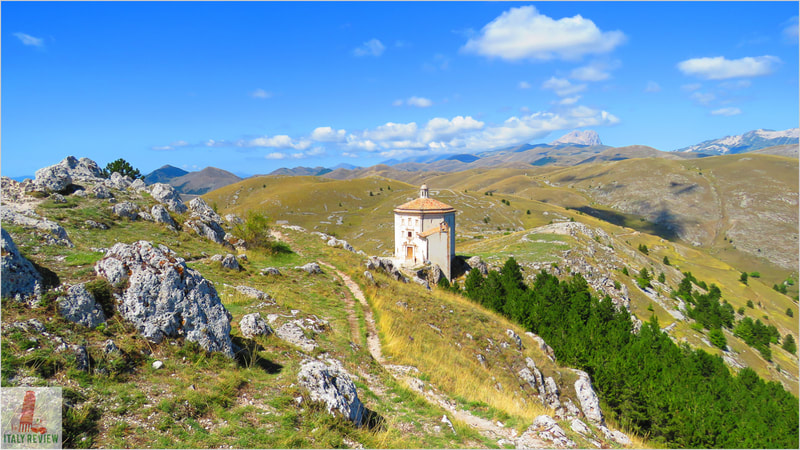
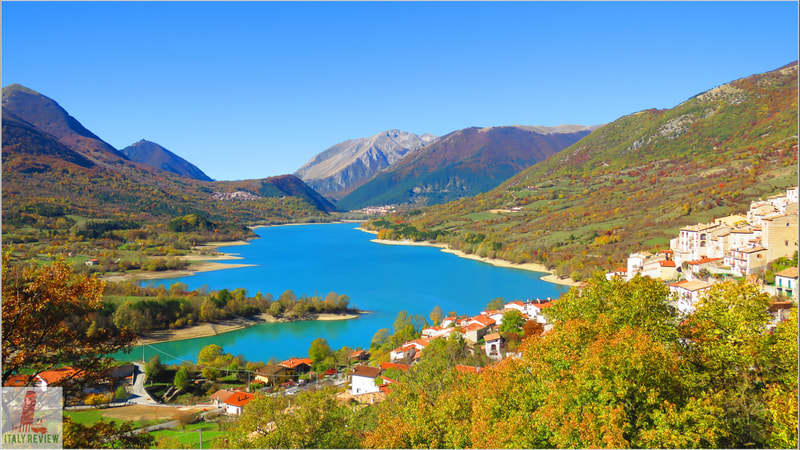
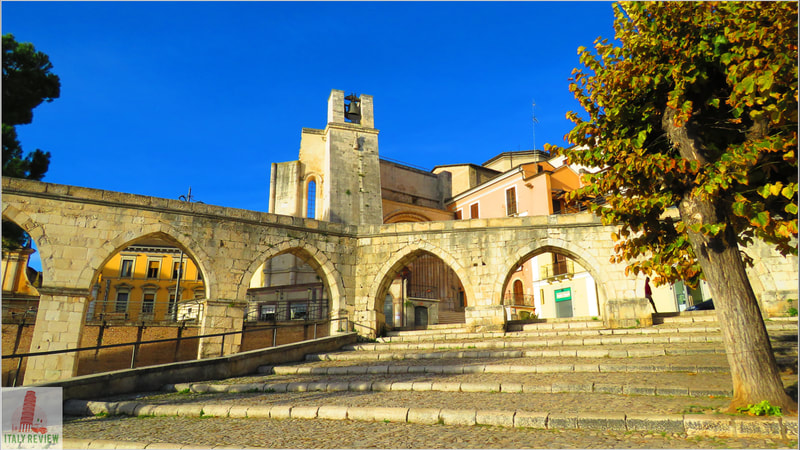
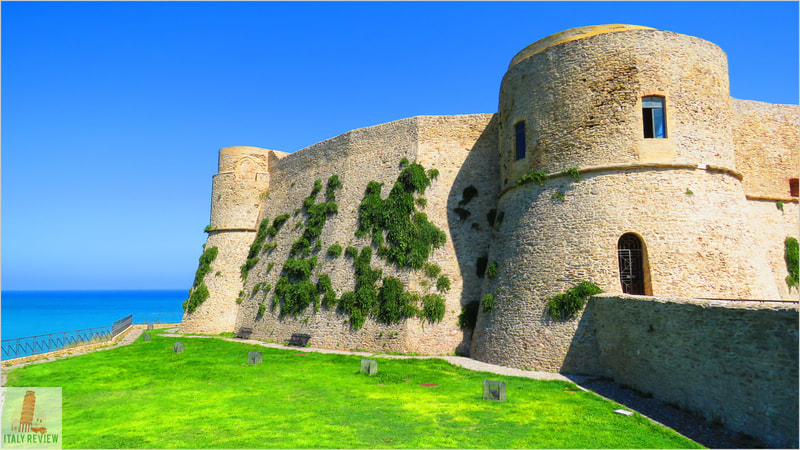
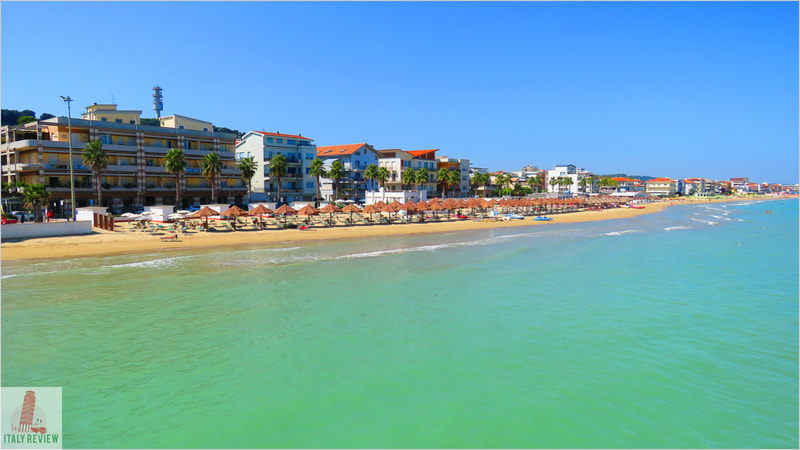
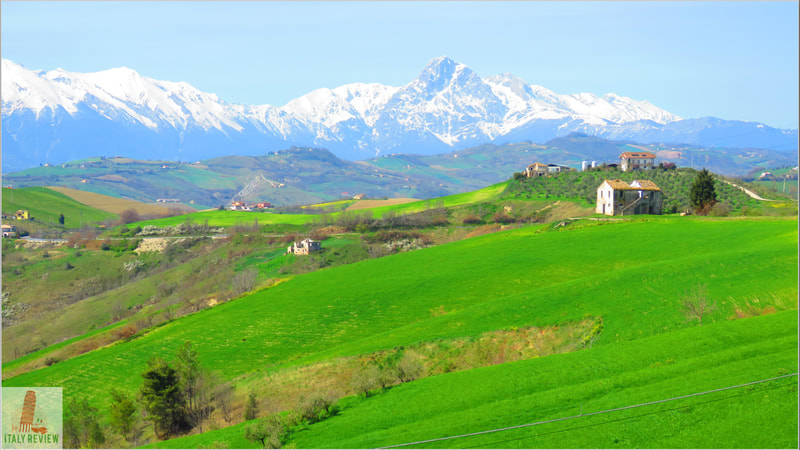
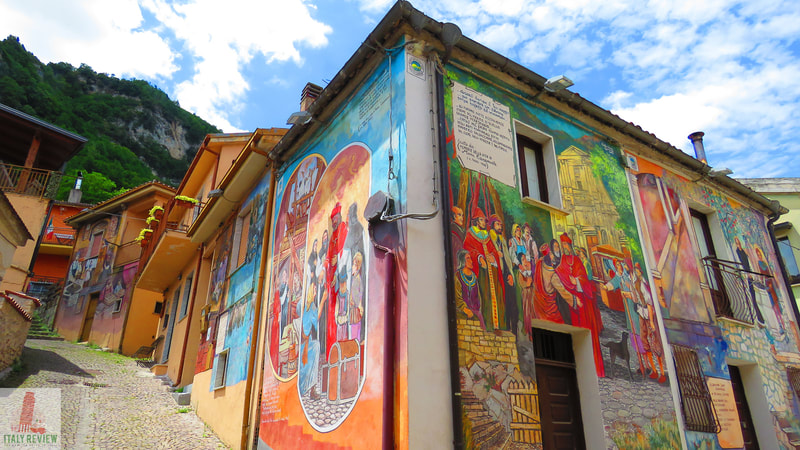
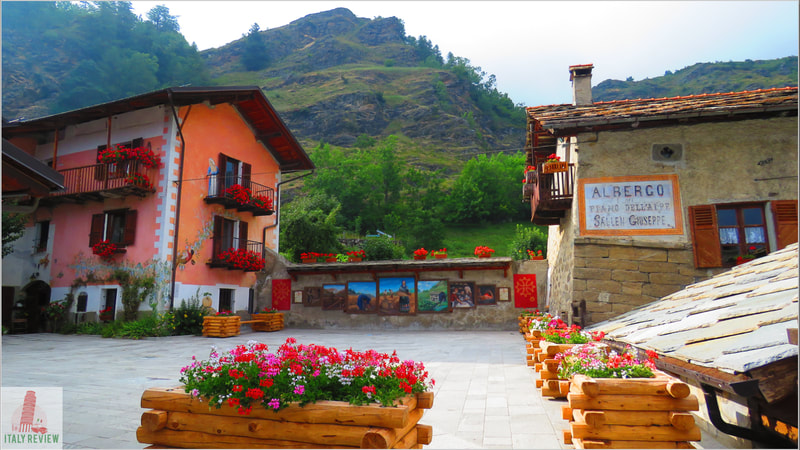
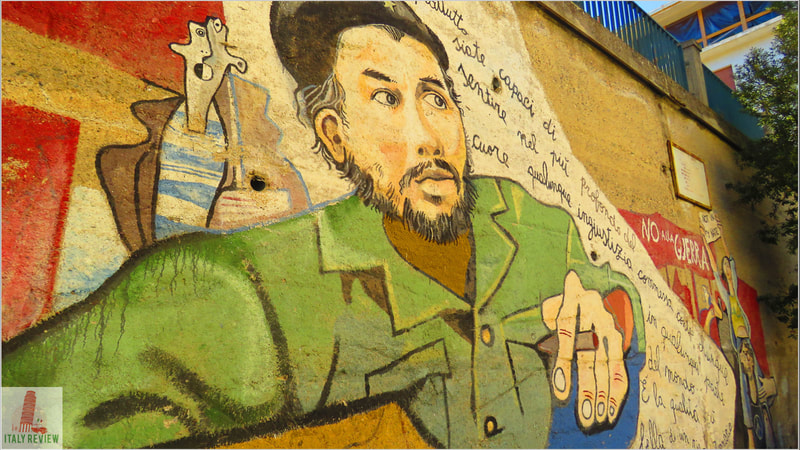
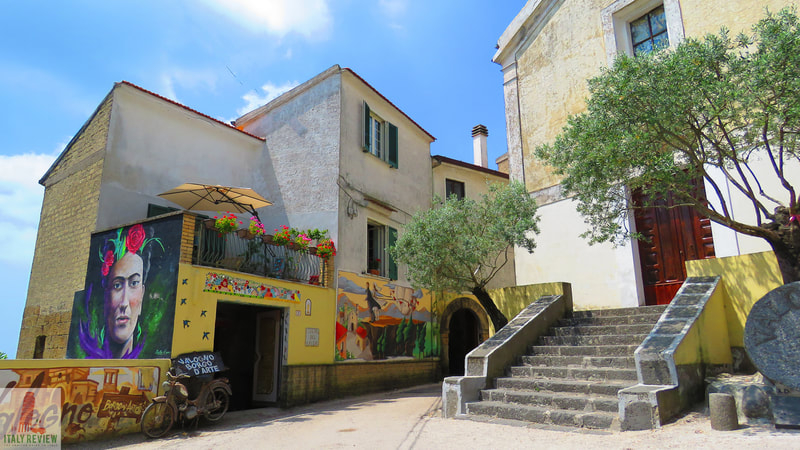
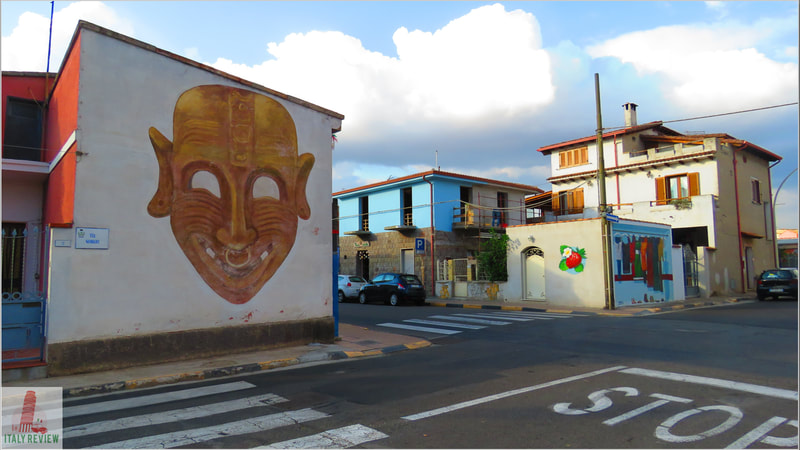
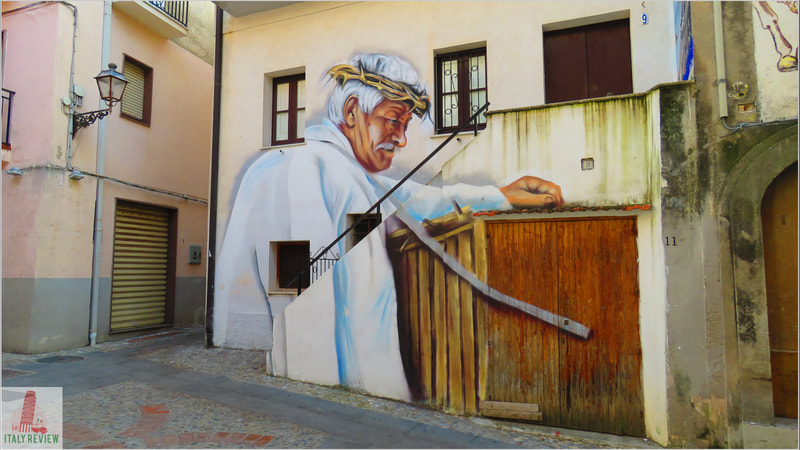
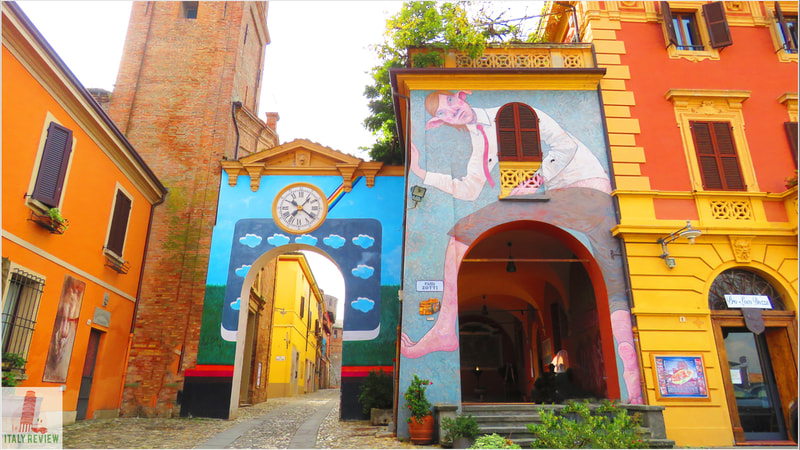
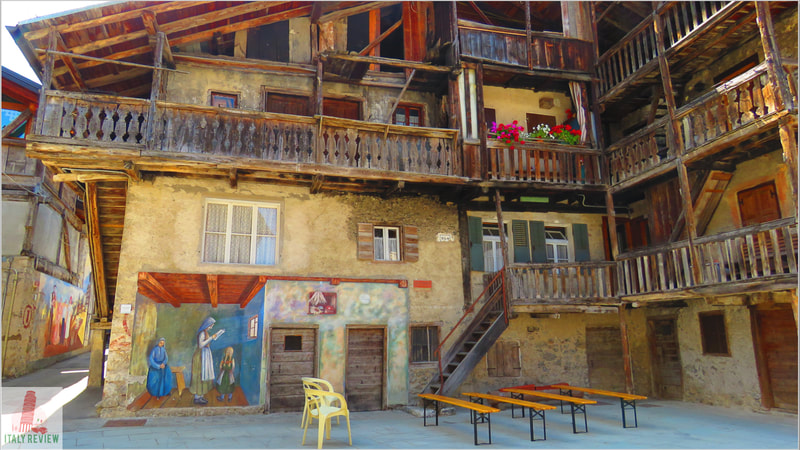
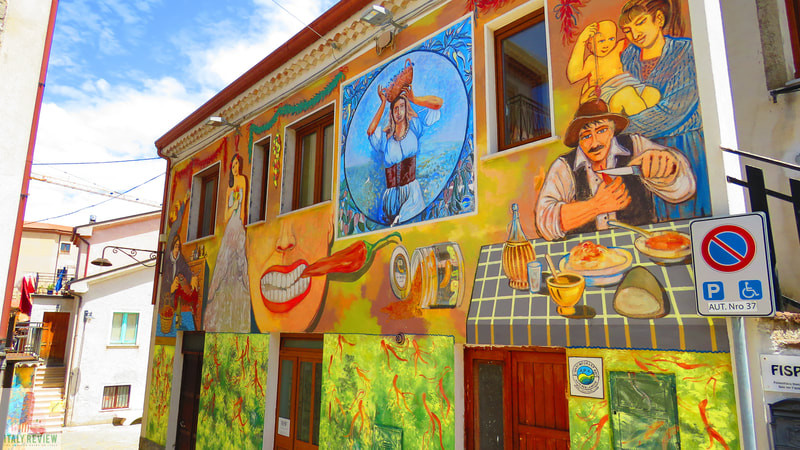
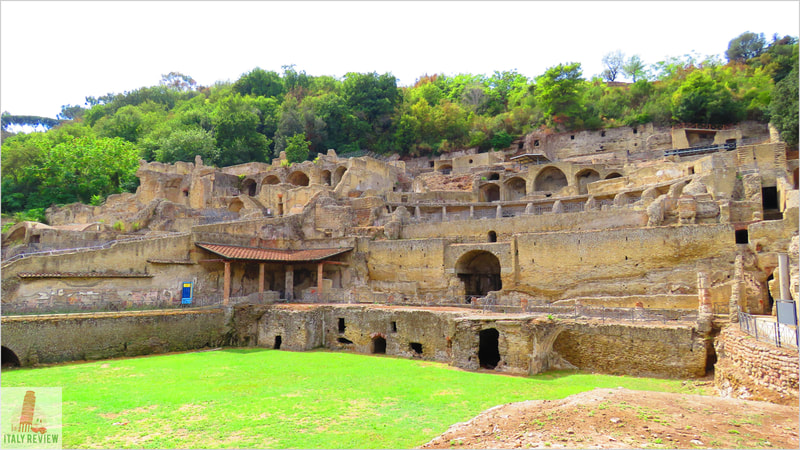
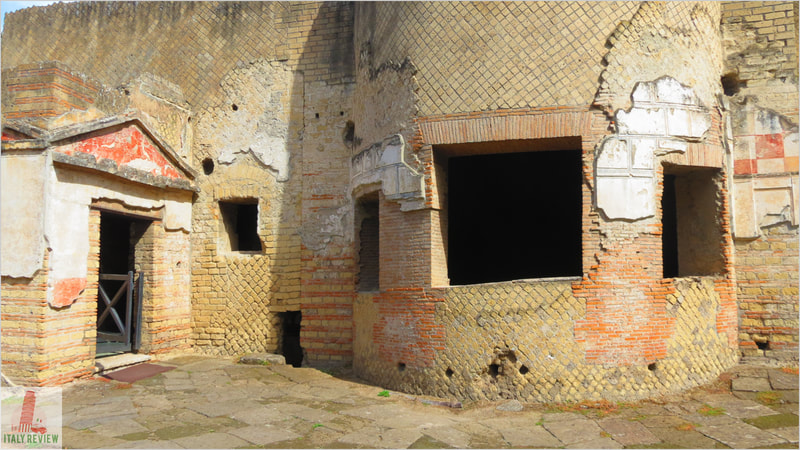
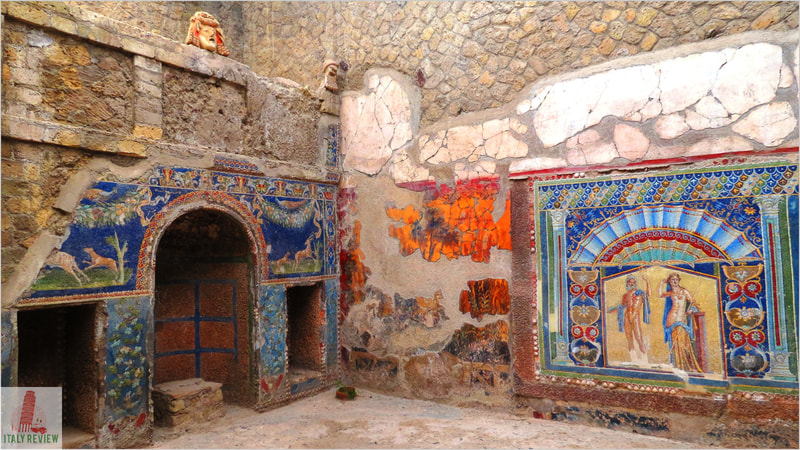
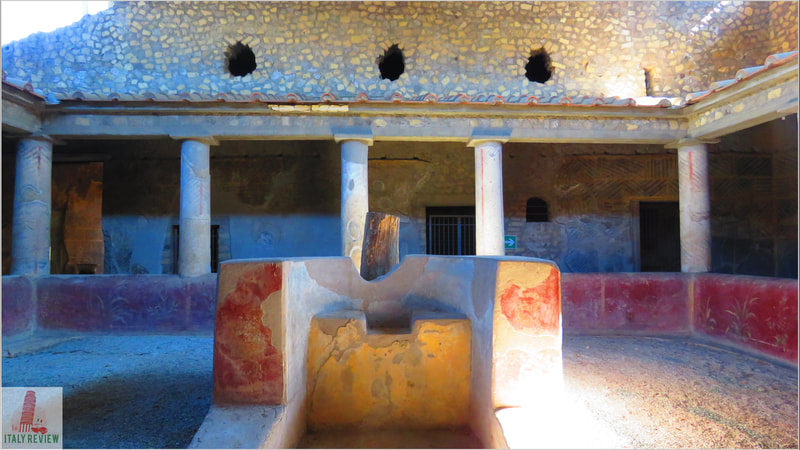
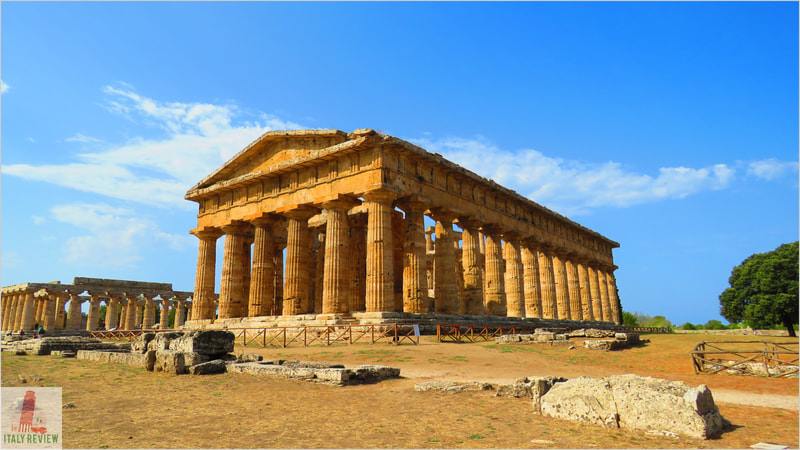
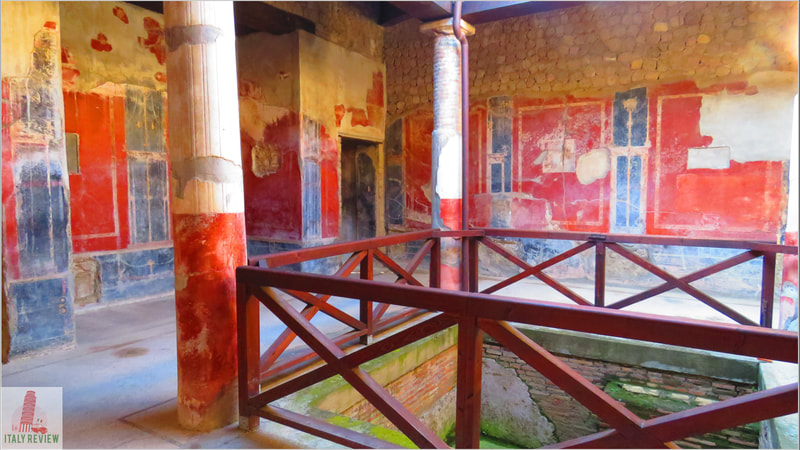
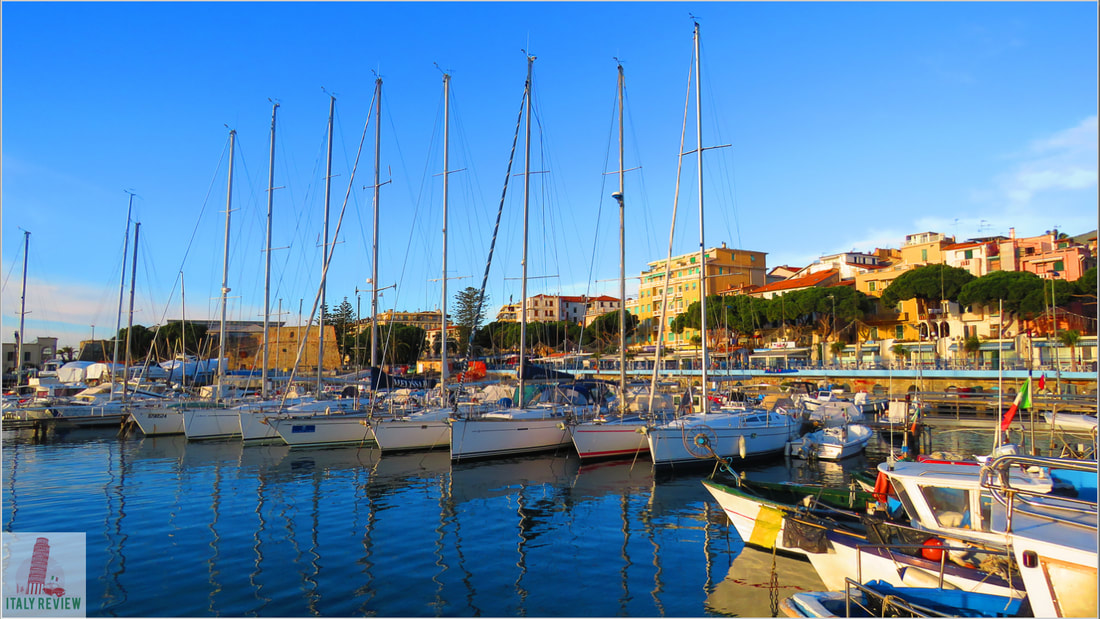
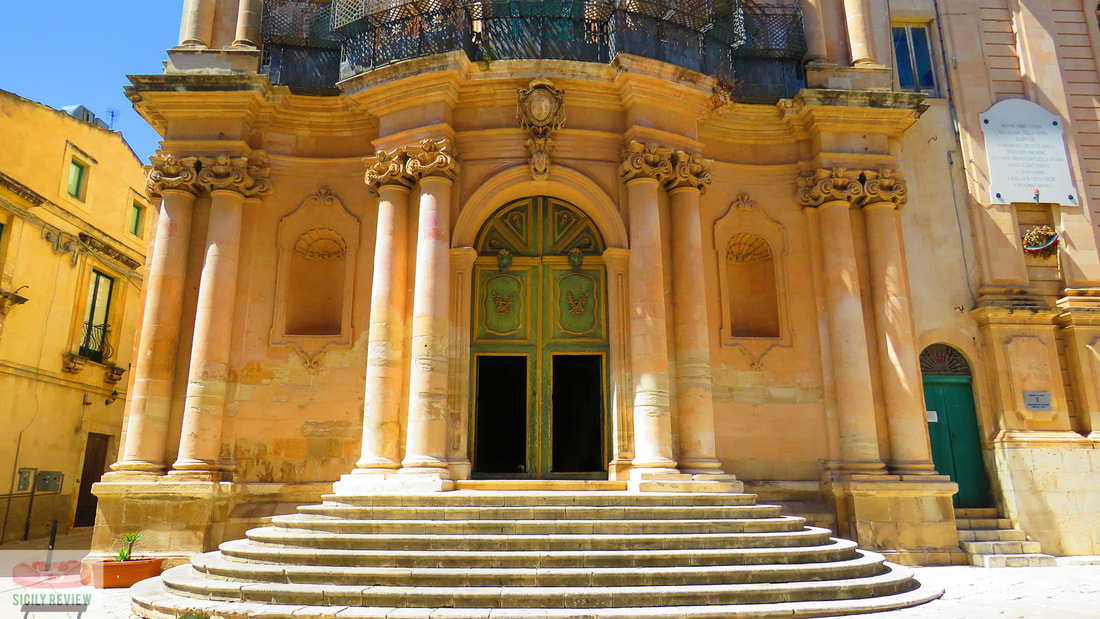

 RSS Feed
RSS Feed
